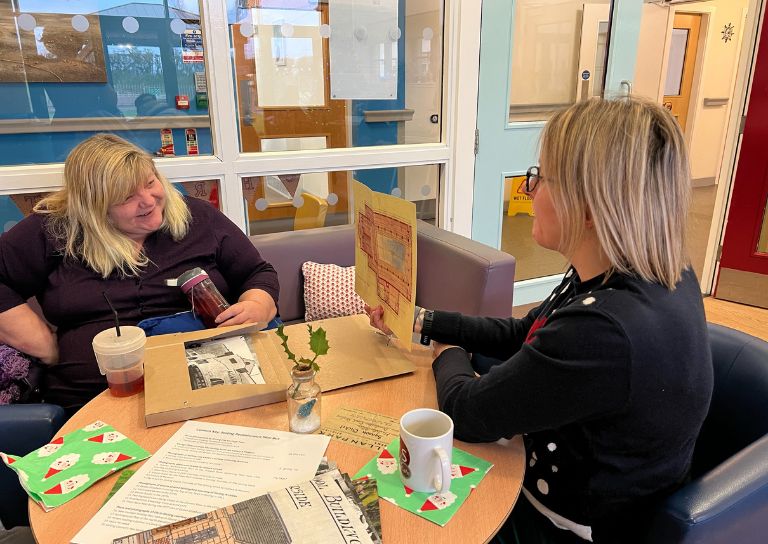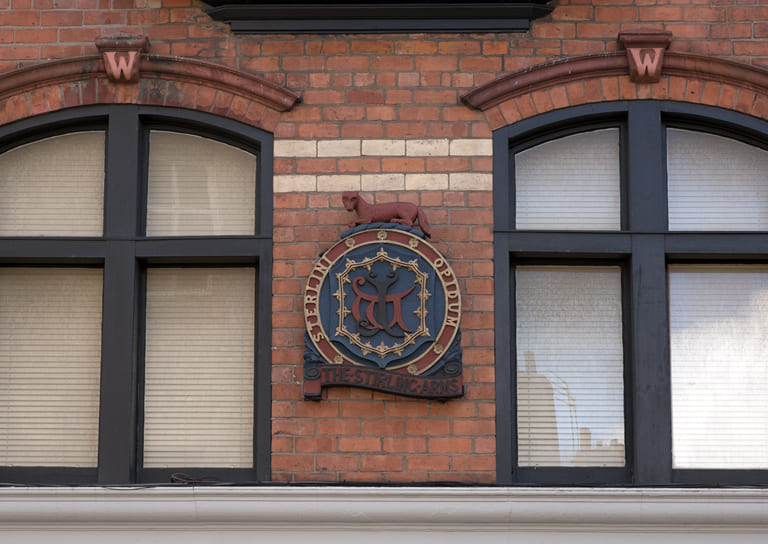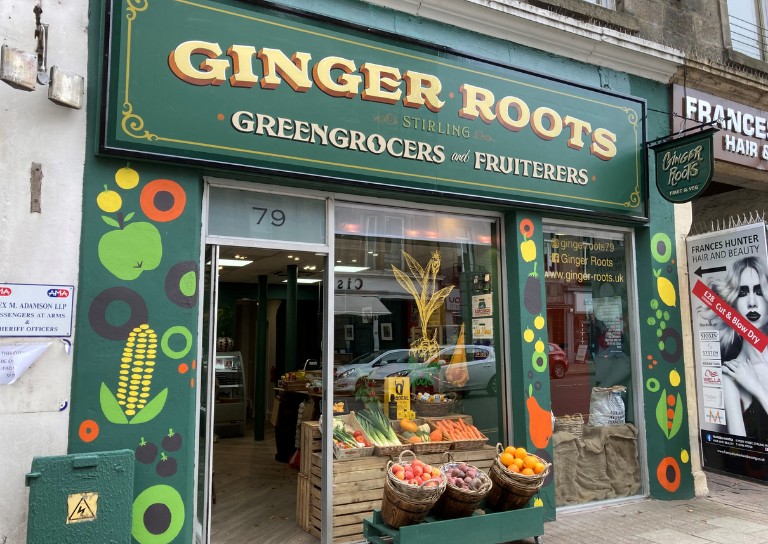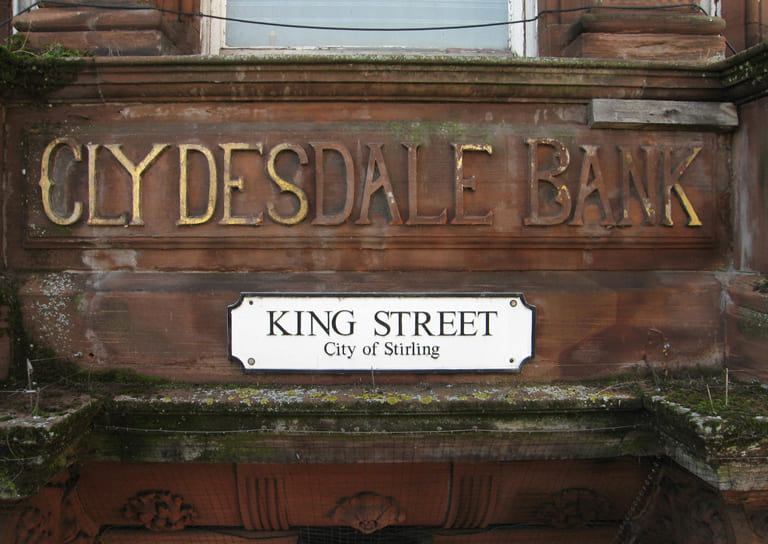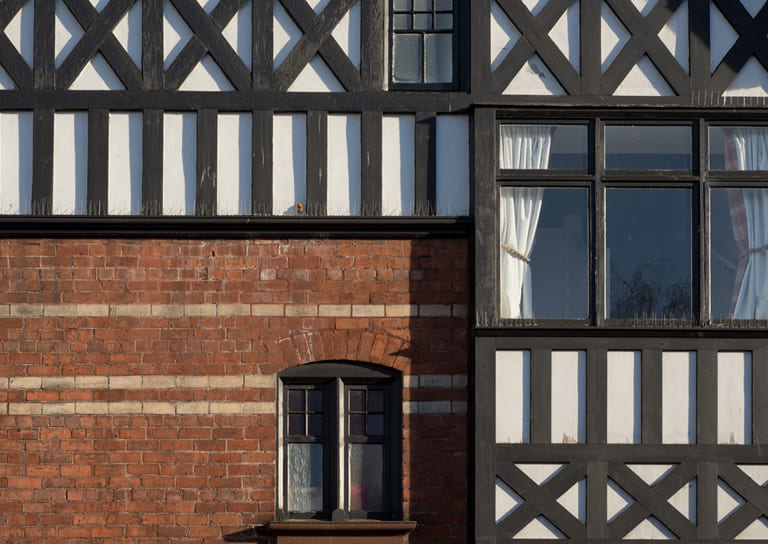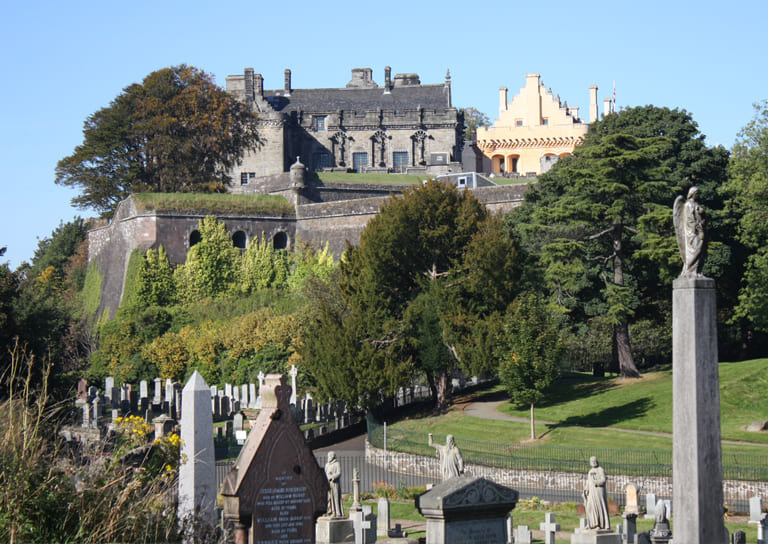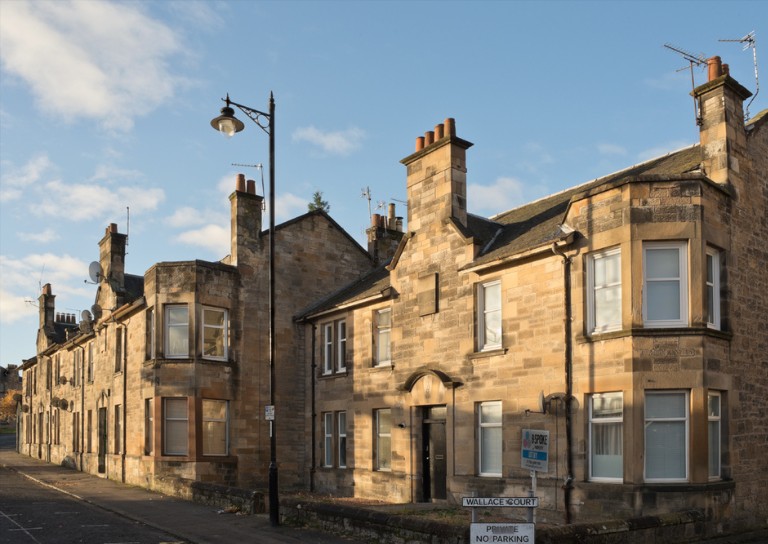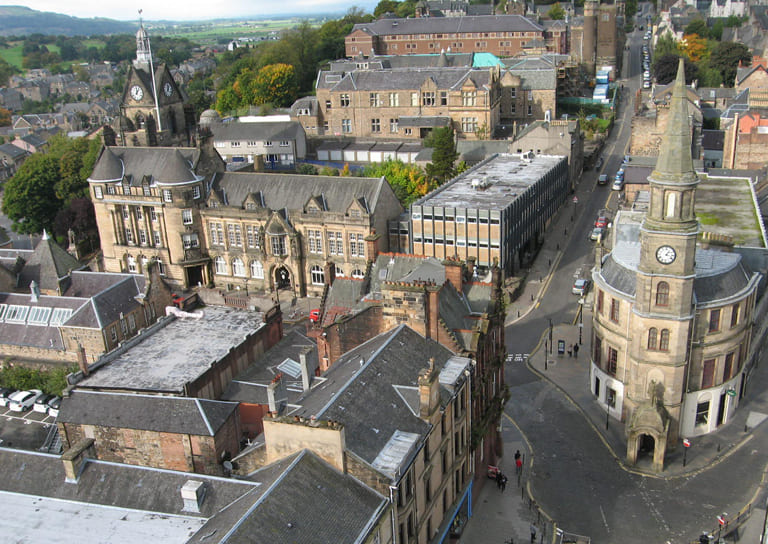- Home
- Our Work
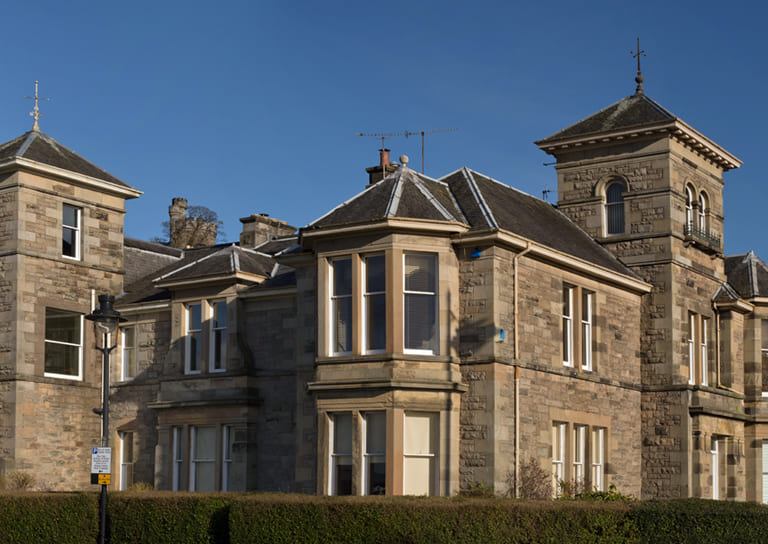
- Stirling's Story
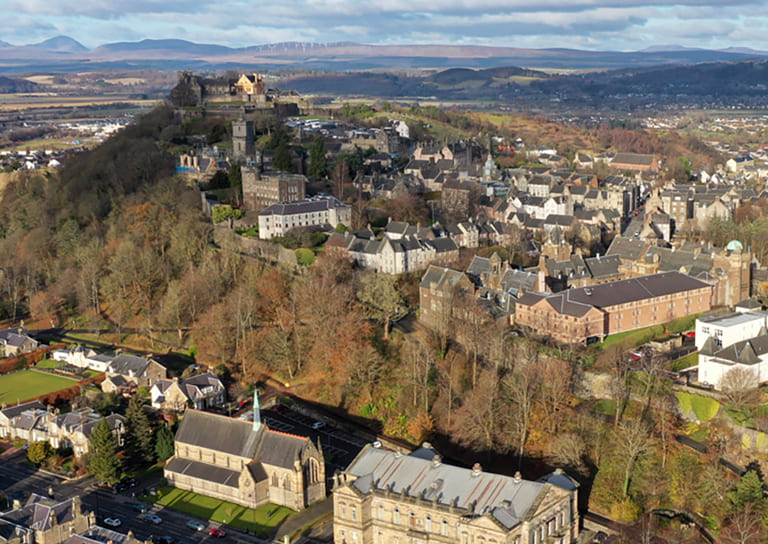
- Blog
- Women in Construction at Bannockburn House
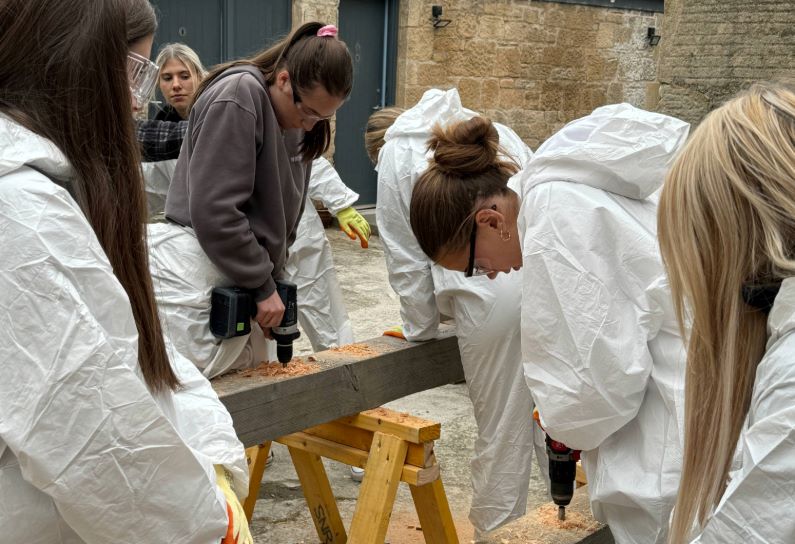
- Avenues to the Past: Stirling’s Historic Streets Exhibition
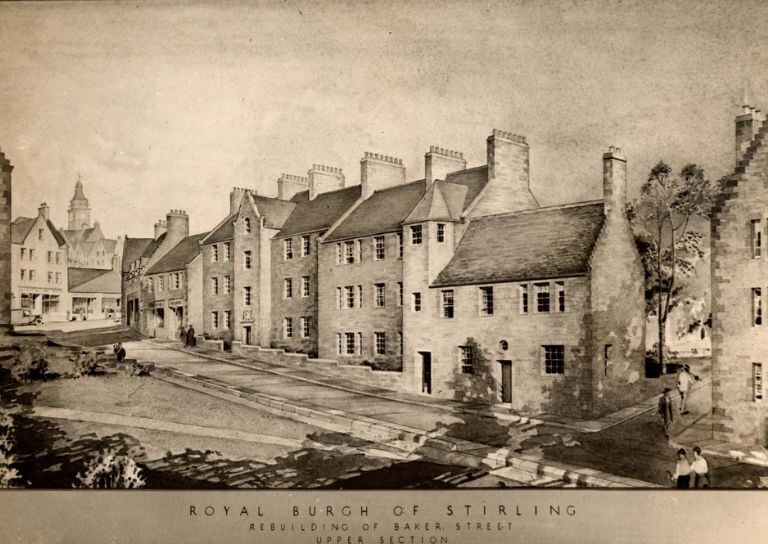
- Stirling Business Awards 2025

- What is a Conservation Area
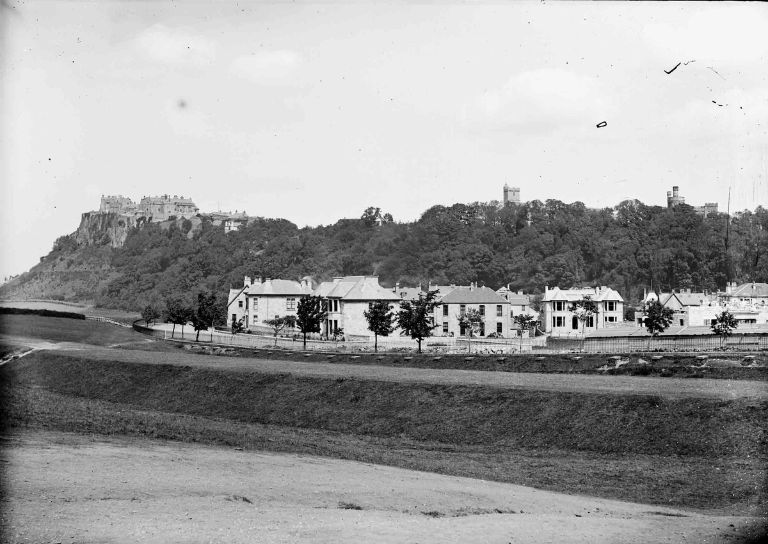
- 20 Great Buildings of Stirling
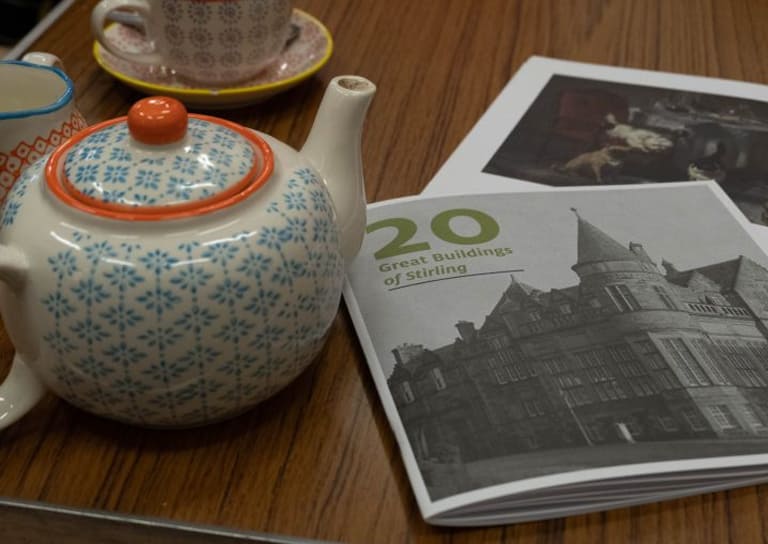
- Reminiscence Art Project
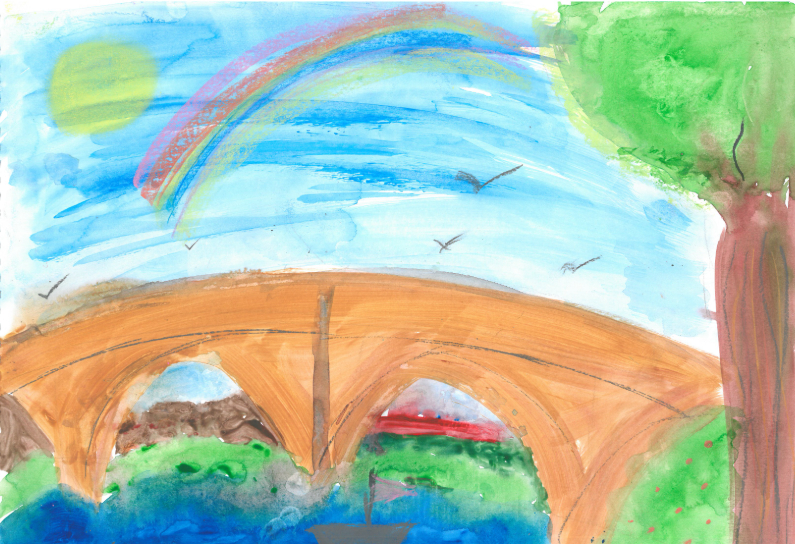
- On the European Stage: Preserving by Maintaining conference, Bratislava

- The Abolition Movement in Stirling
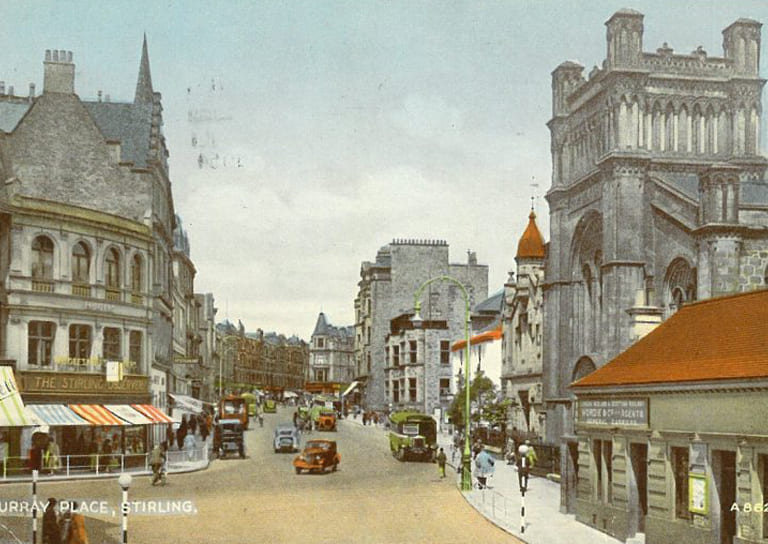
- Practical Workshop on Retrofitting Insulation with A. Proctor Group
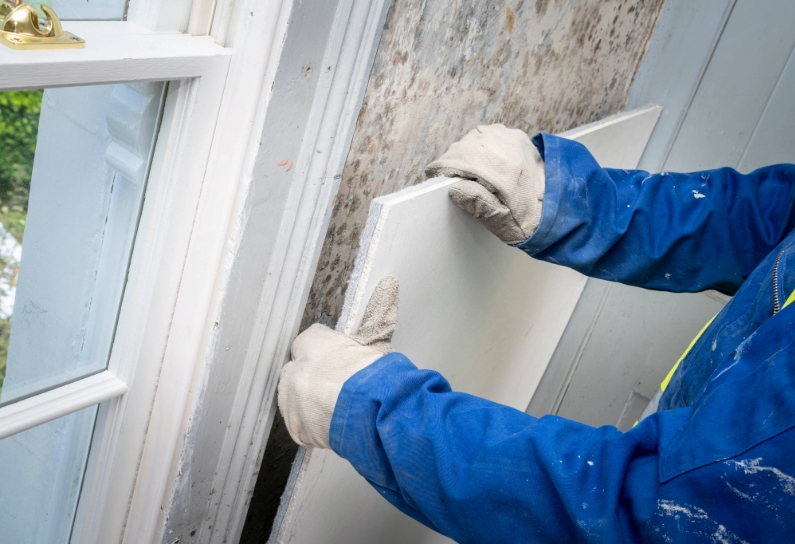
- Walker Family Visit
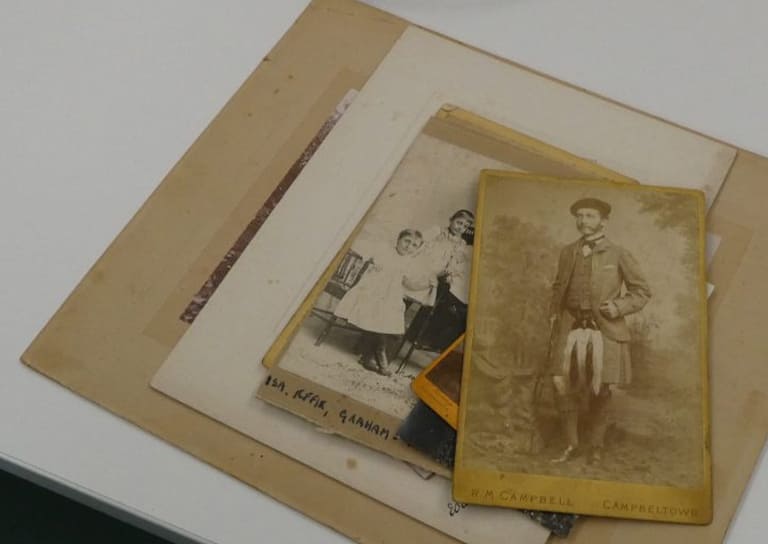
- Ghost Tales from Stirling
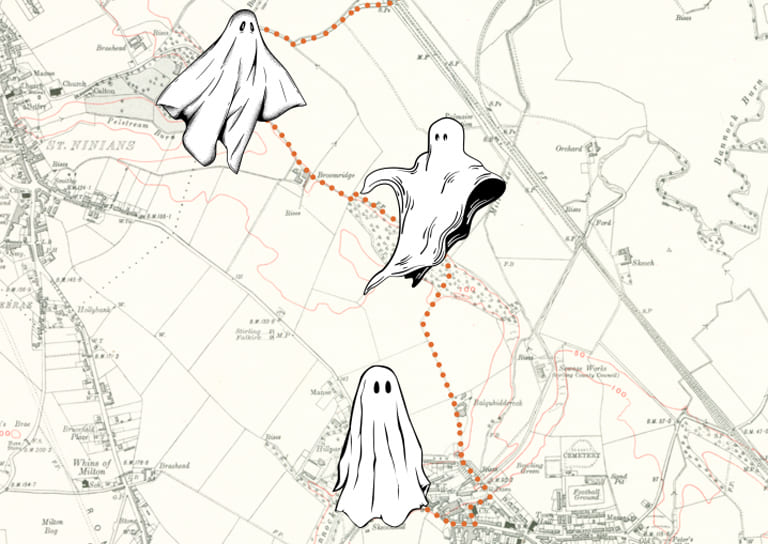
- Snowdon House and The West Indies
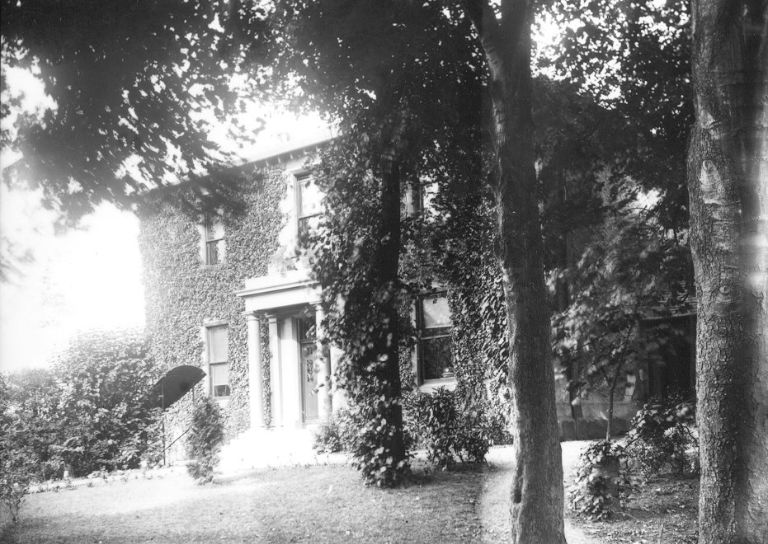
- Stirling’s Streetscape Stories: Photography Workshop
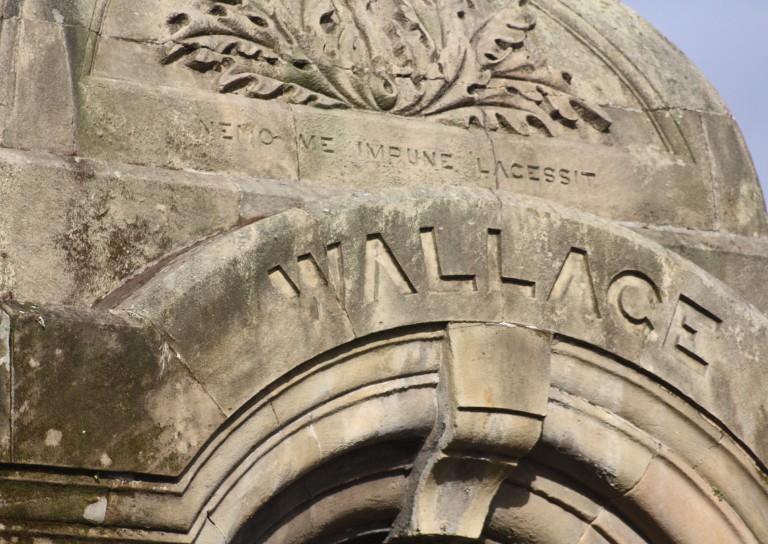
- Stirlingshire’s Highland Games
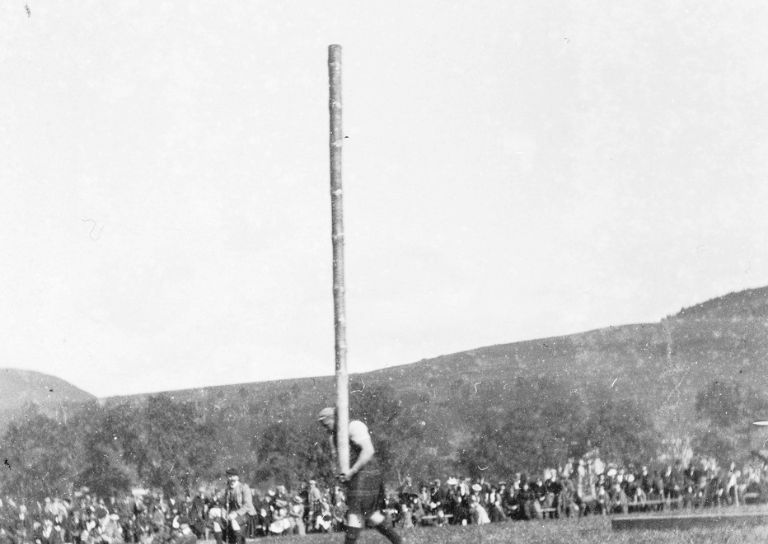
- Creative careers in the heritage sector
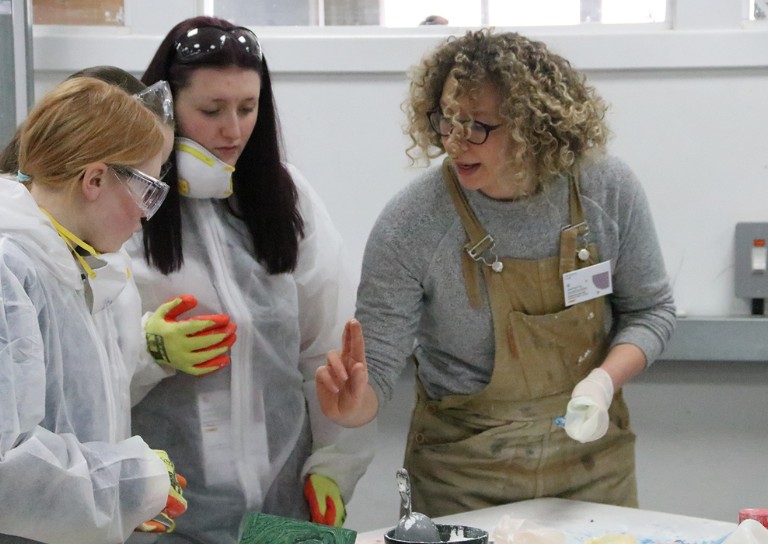
- Postcards From Stirling
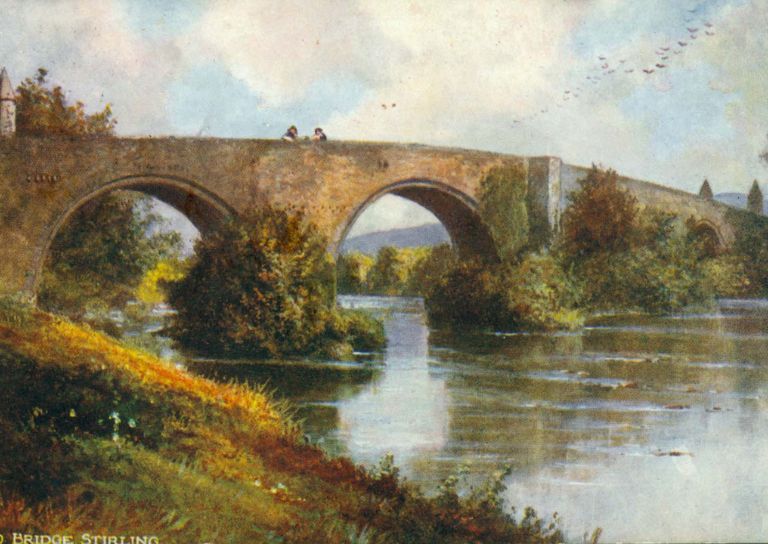
- Stirling’s Gala Days
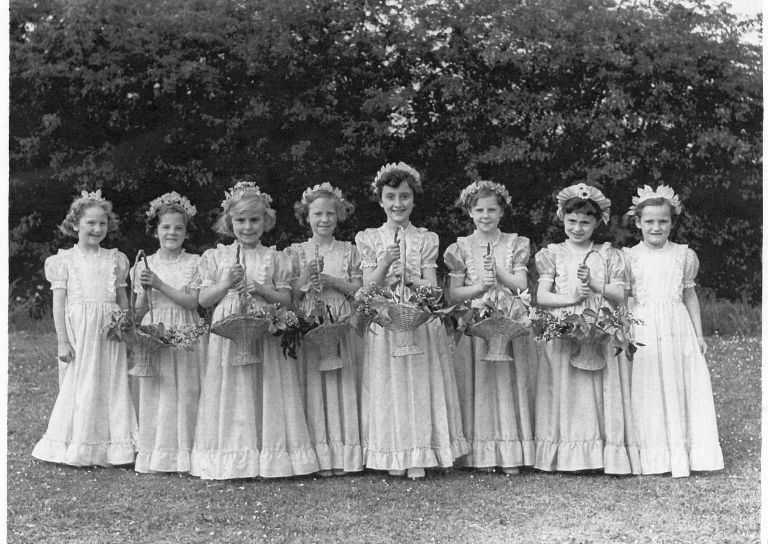
- Building Surveying Student Intern at Stirling City Heritage Trust
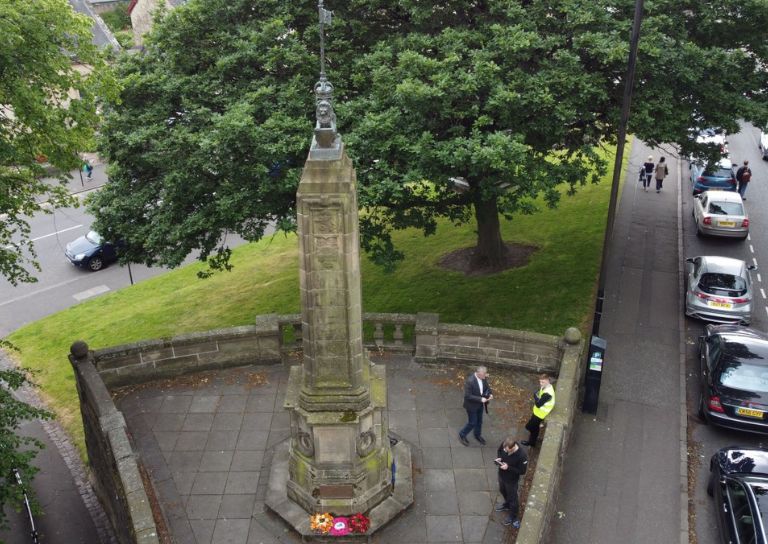
- Heritage Trail: Stirling Walks
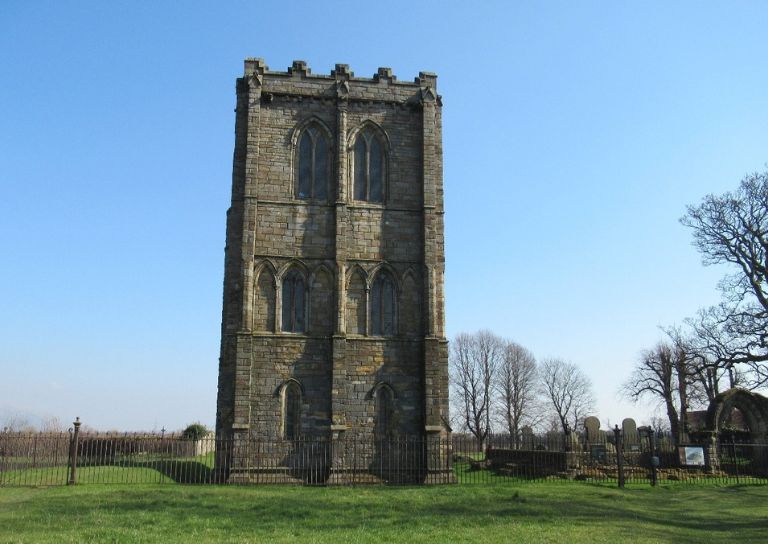
- Local History Resources
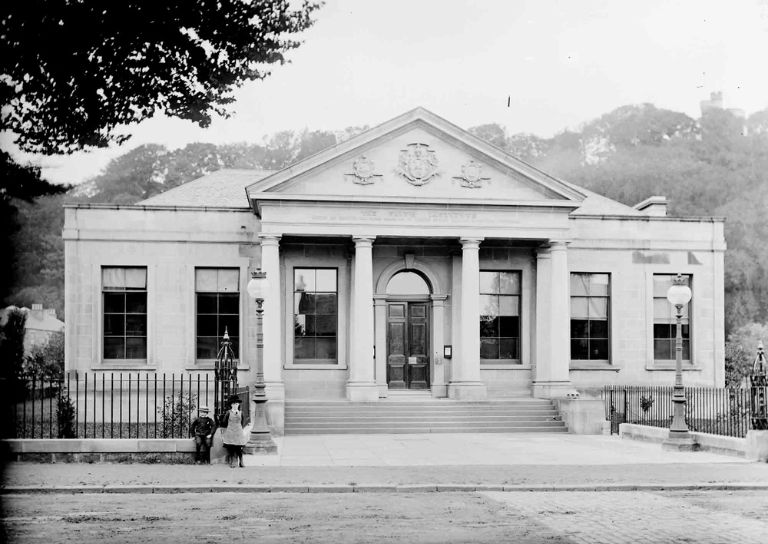
- Stirling Through the Decades
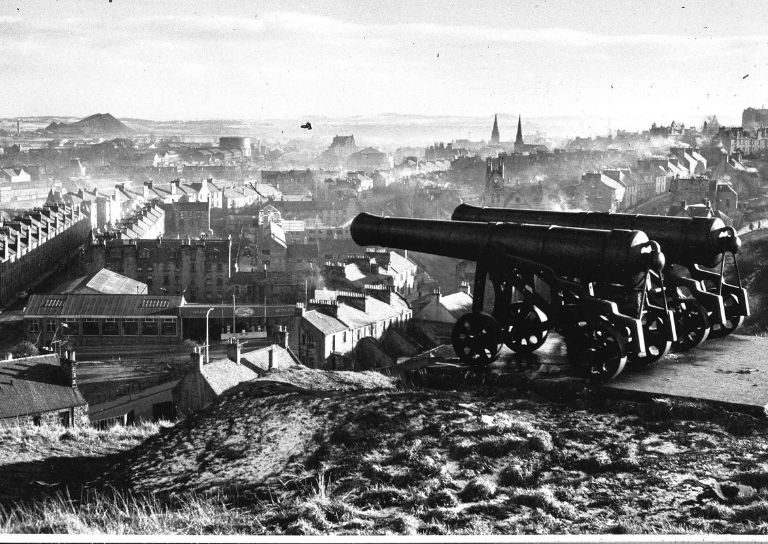
- Stirling’s STEM Pioneers
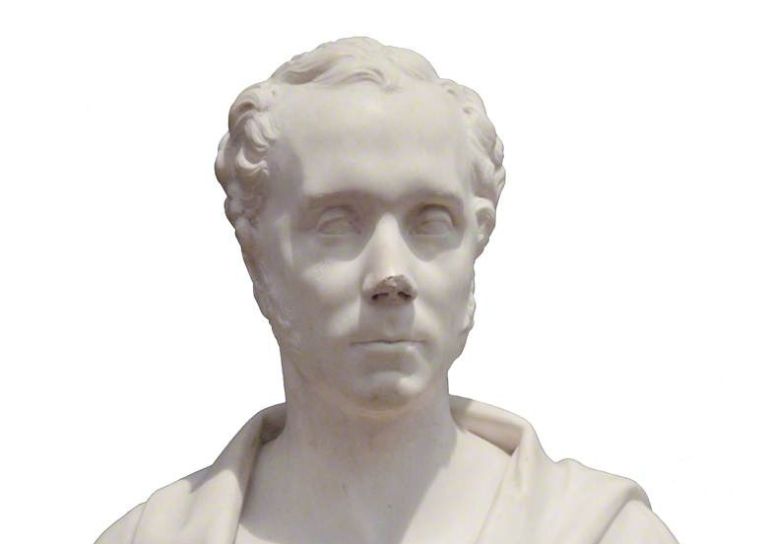
- Traditional Skills: Signwriting
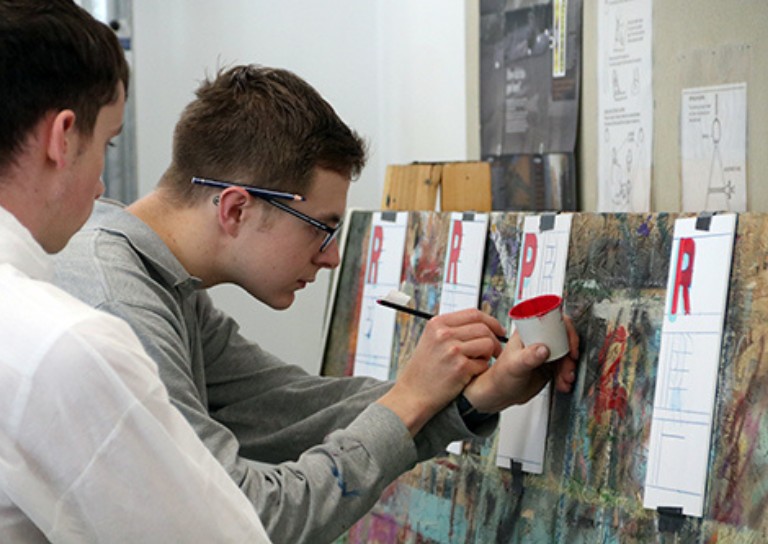
- Christian MacLagan, a pioneering lady, but born too soon?
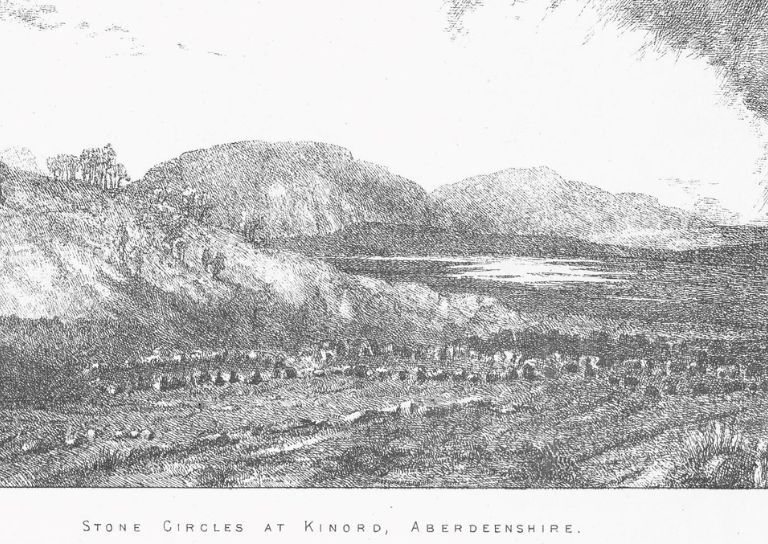
- Traditional Shopfronts in Stirling
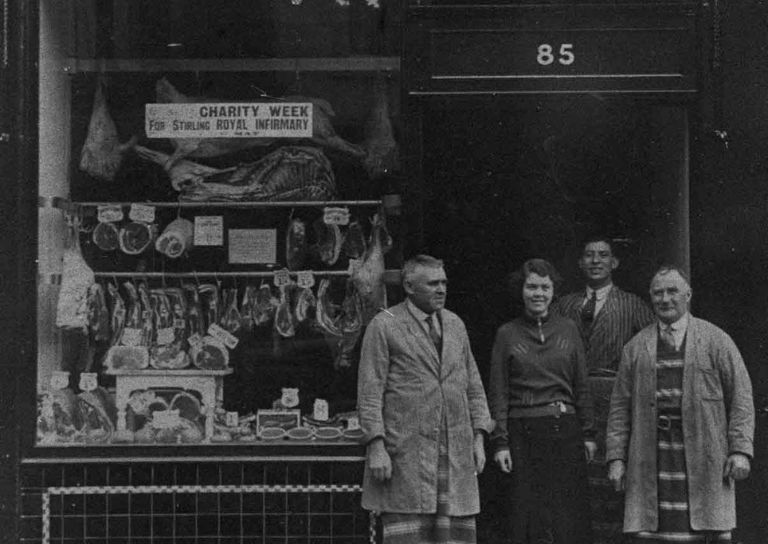
- Stirling History Books for World Book Day
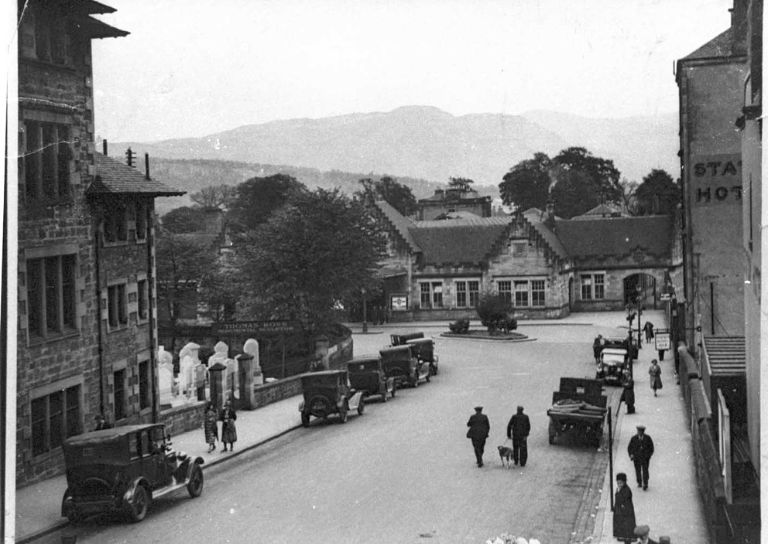
- My Favourite John Allan Building by Joe Hall
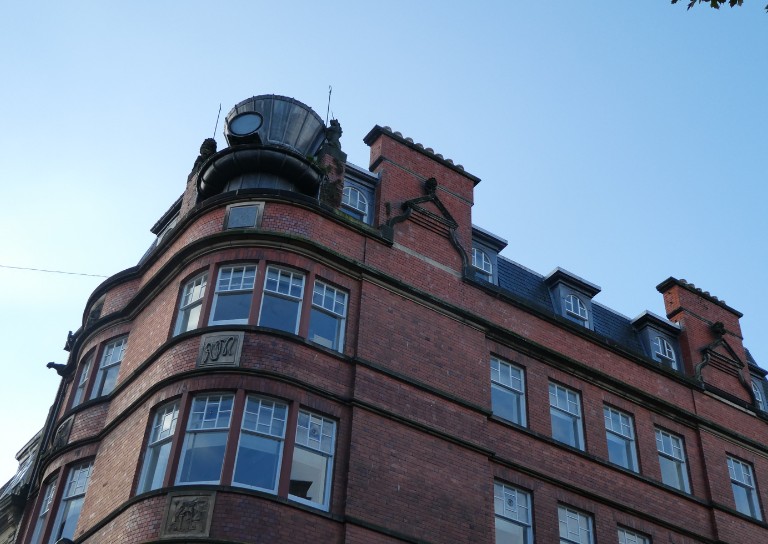
- My Favourite John Allan Building by Lindsay Lennie
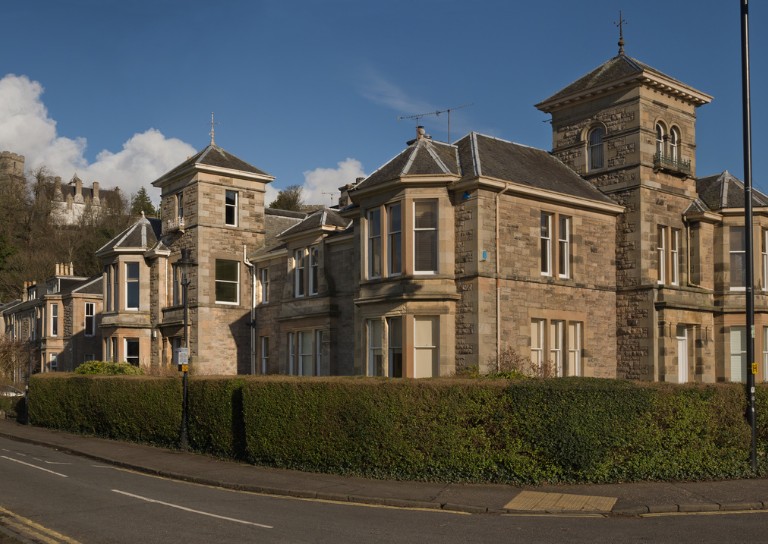
- My Favourite John Allan Building by Andy McEwan
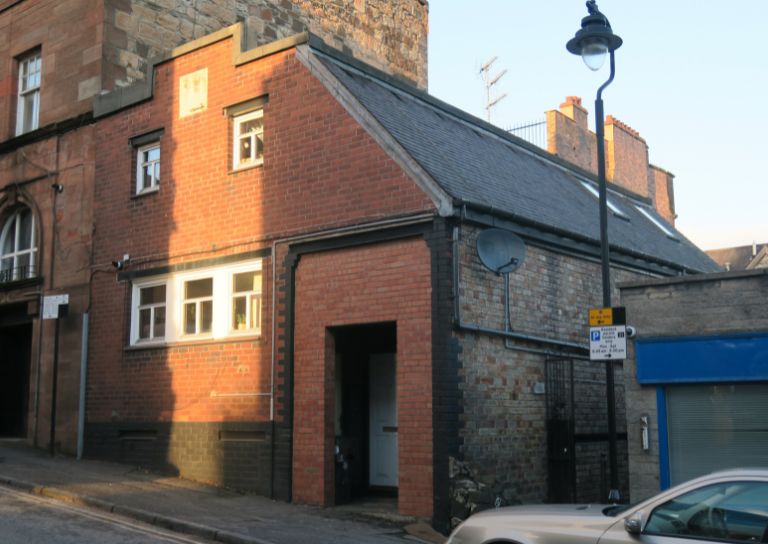
- My Favourite John Allan Building by Pam McNicol
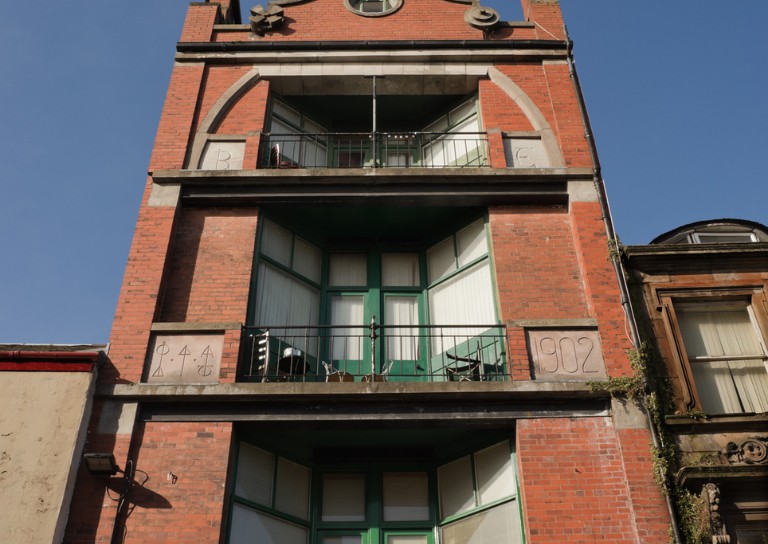
- Celebrating John Allan: A Man of Original Ideas
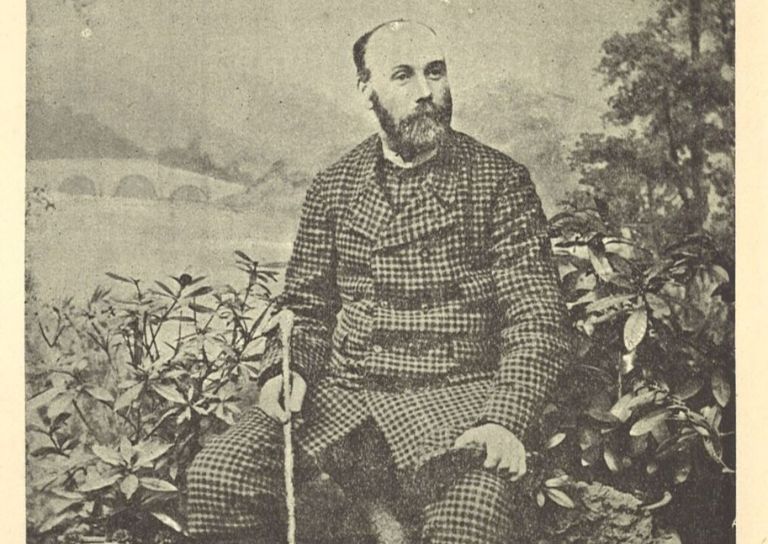
- The Tale of the Stirling Wolf
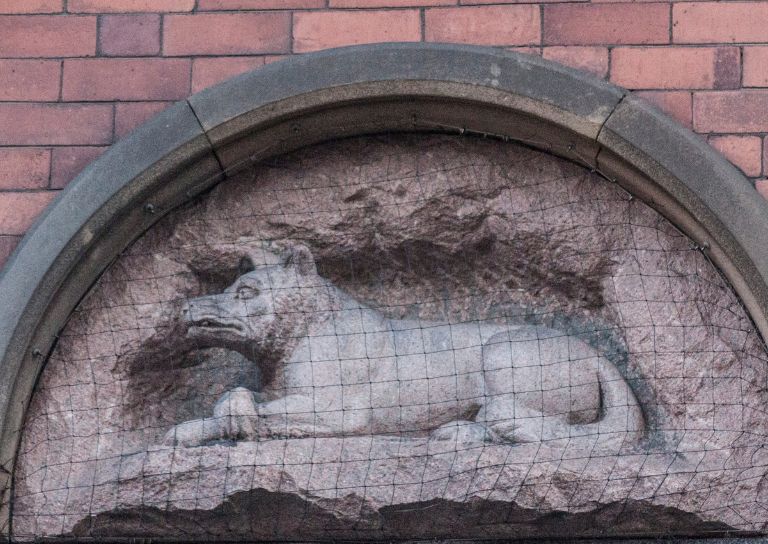
- Stirling: city of culture
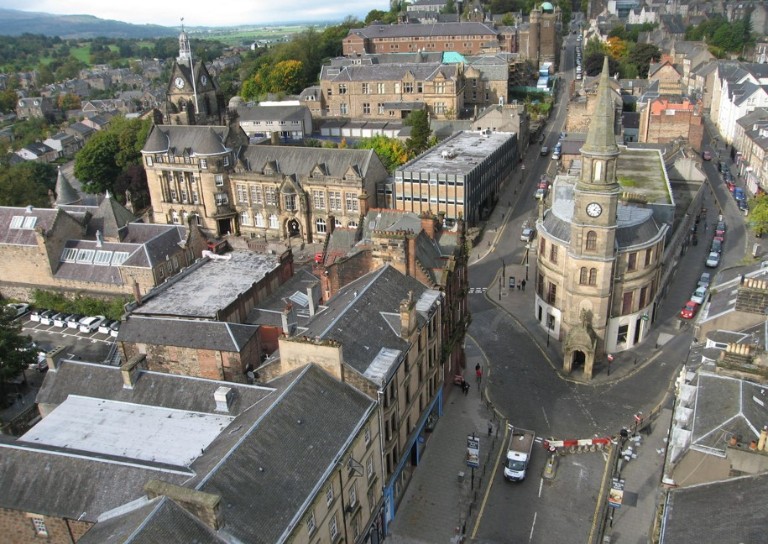
- Christmases Past in Stirling
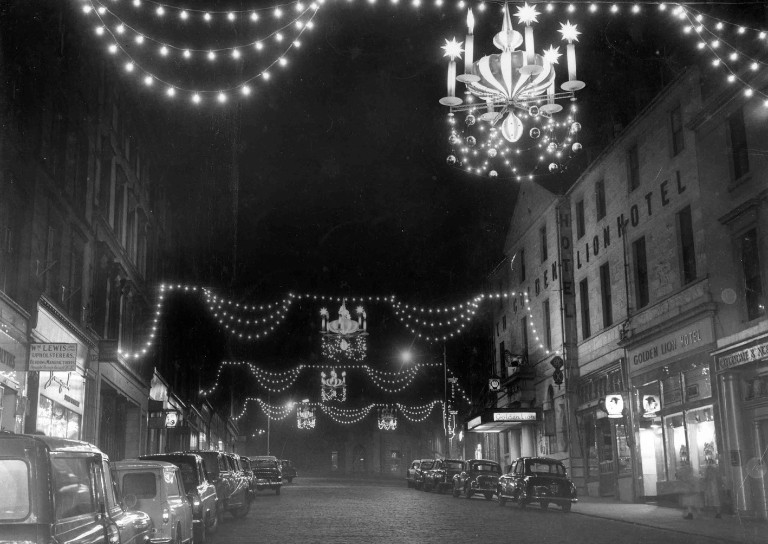
- Stirling’s Historic Graveyards
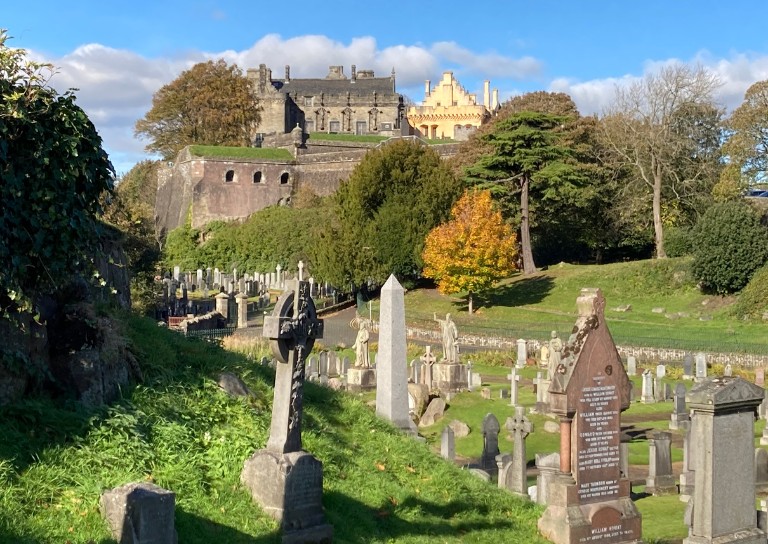
- Top 10 Tips for Architectural Photography
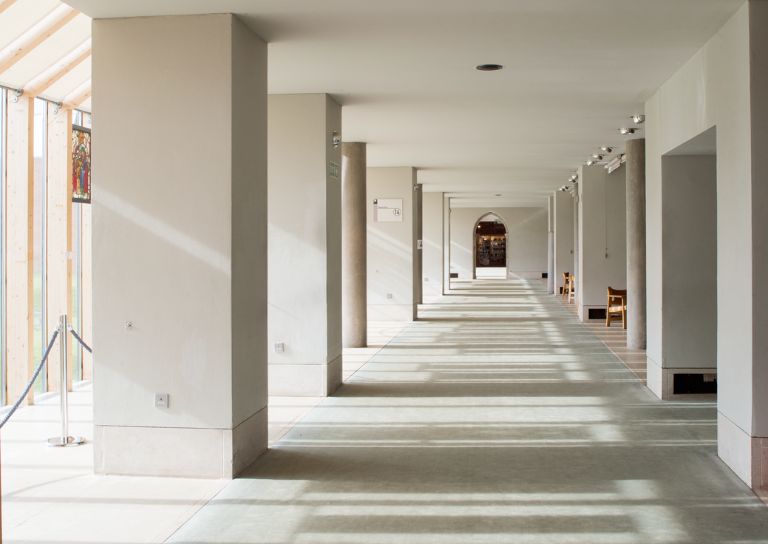
- An Interview with David Galletly
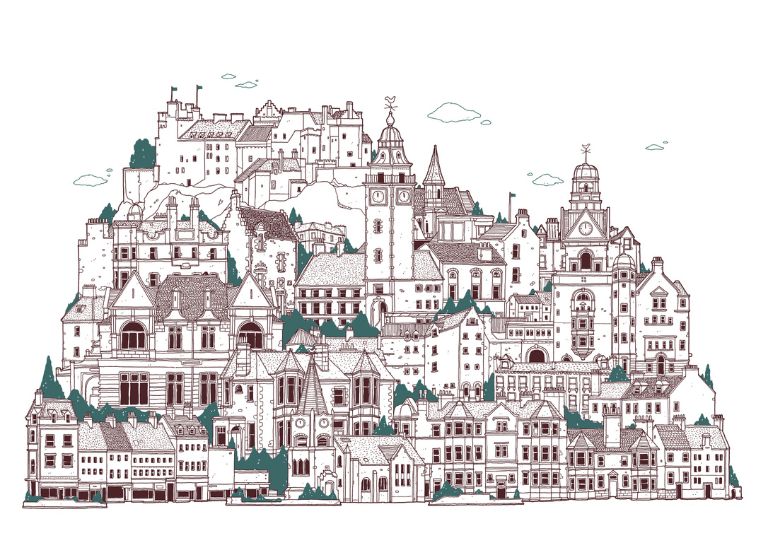
- Springtime in Stirling

- The Kings Knot – a history
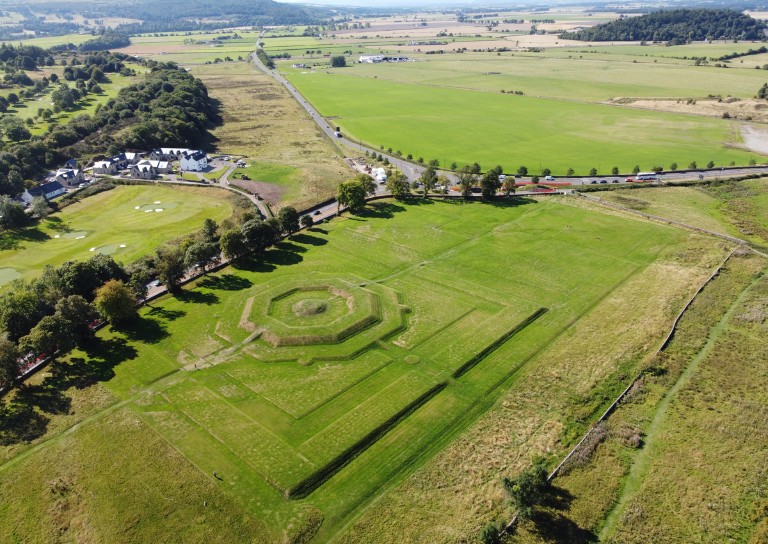
- A Future in Traditional Skills

- Robert Burns’ First Trip to Stirling

- Stirling’s Witches
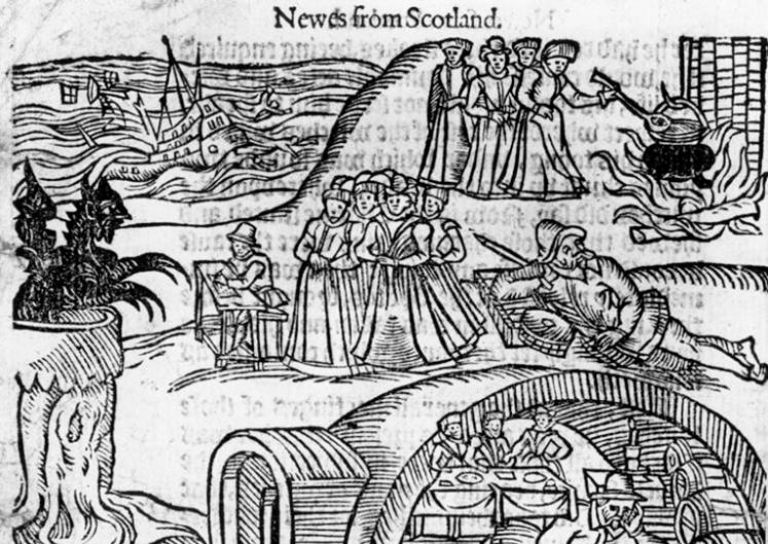
- Stirling’s Ancient Wells
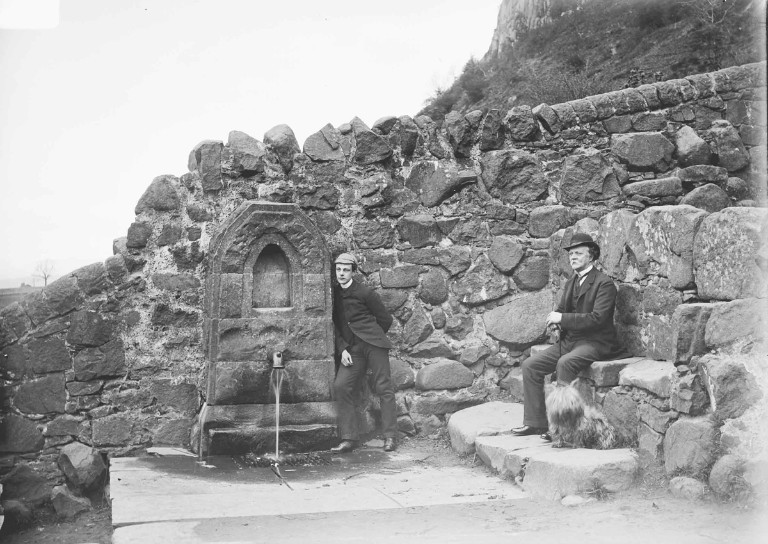
- An architecture student’s take on the City Of Stirling
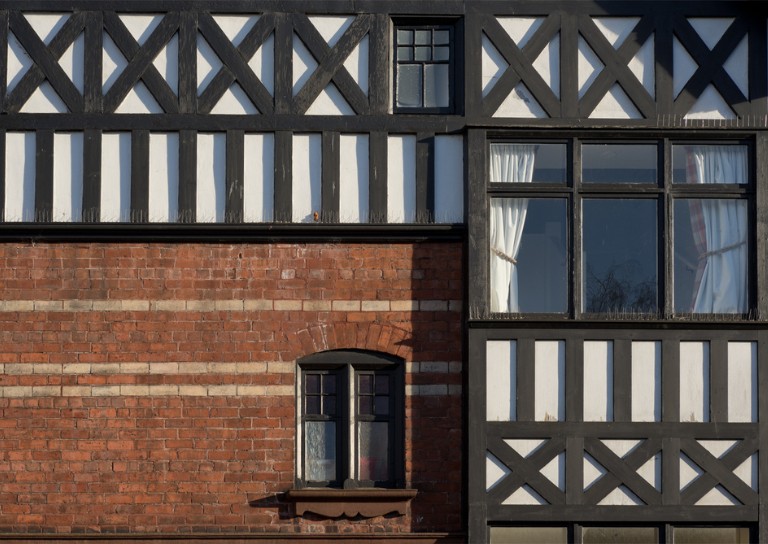
- Ronald Walker: Stirling’s Architect
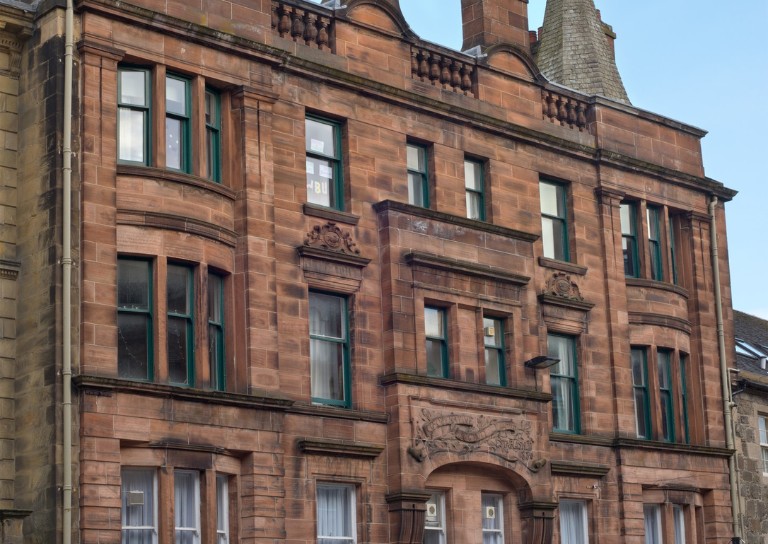
- Stirling’s Statues

- Stirling’s Wee Bungalow Shops
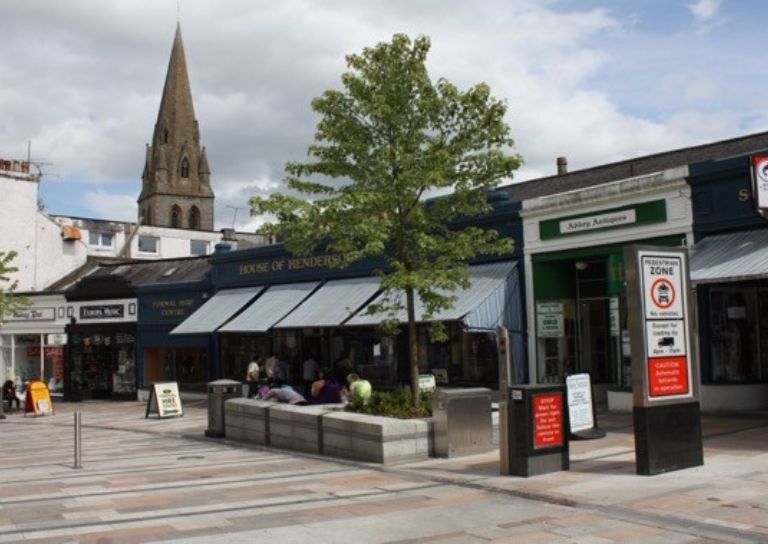
- Stirling’s Historic Hospitals
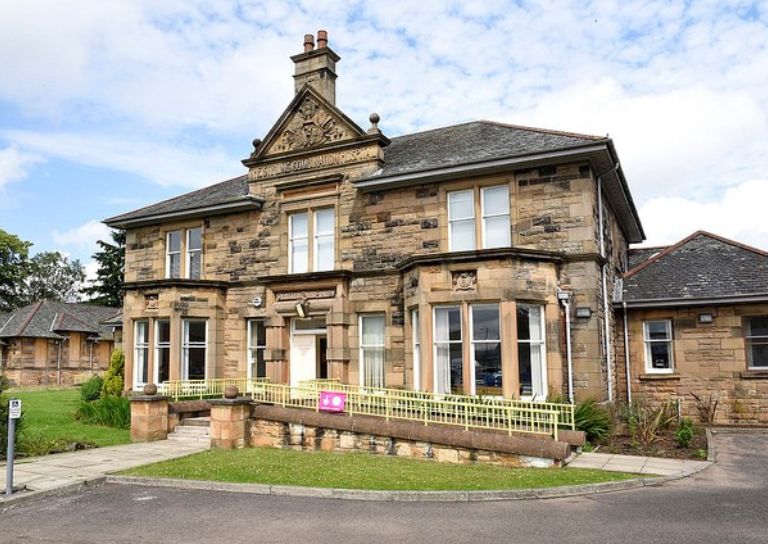
- Women in Digital Innovation and Construction
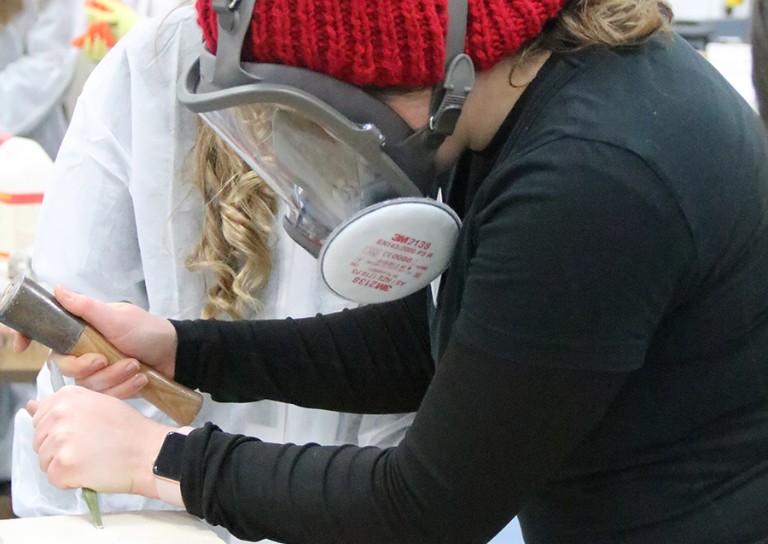
- Heritage at home: 8 of the best online heritage resources
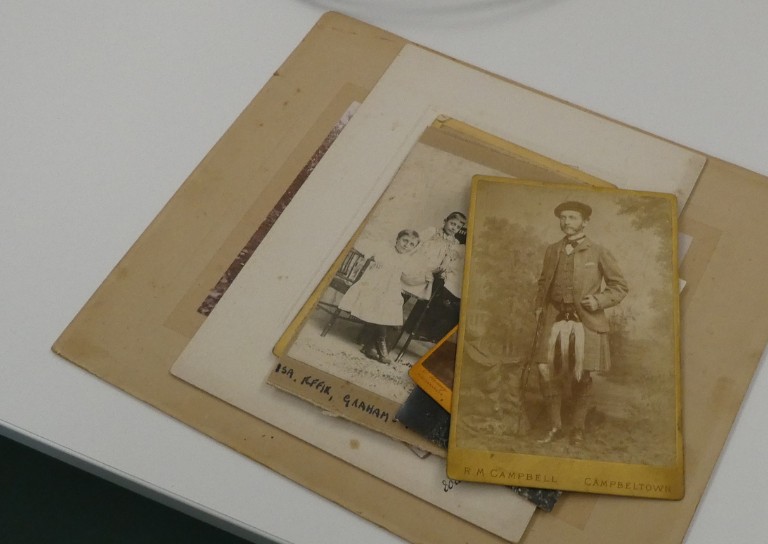
- Stirling featured at virtual heritage conference
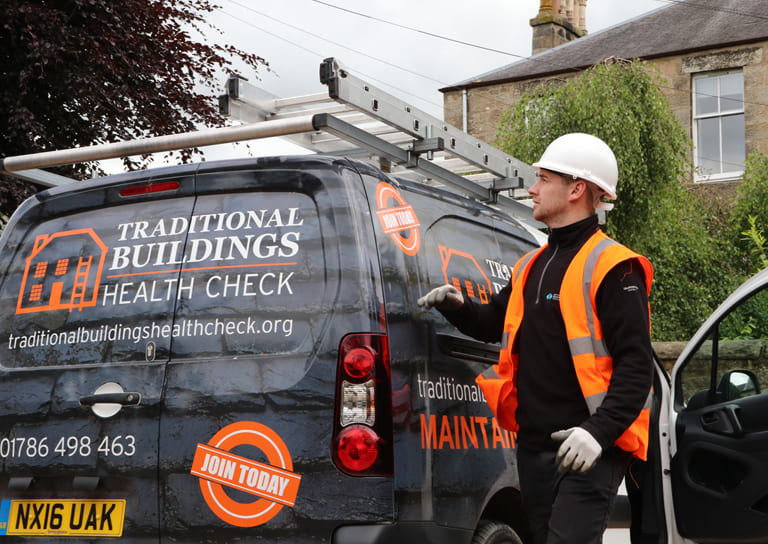
- Five of Stirling’s greatest John Allan buildings
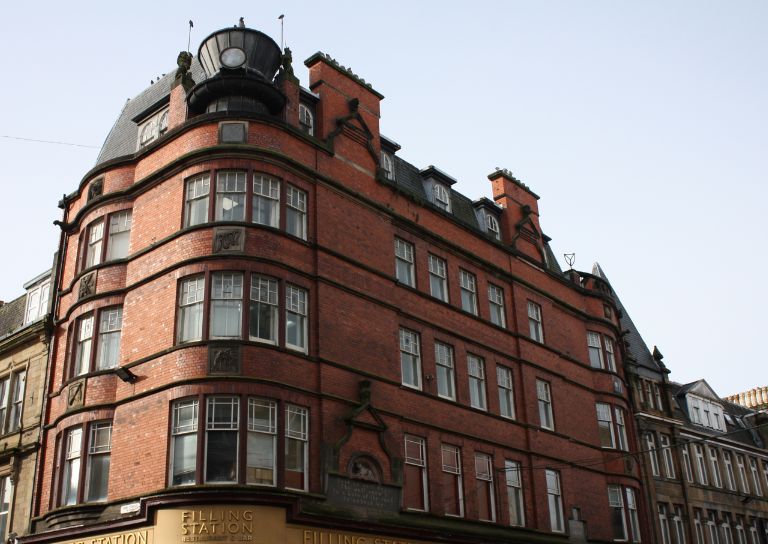
- Women in Construction – Stirling event report

- Scotland’s trailblazing women architects
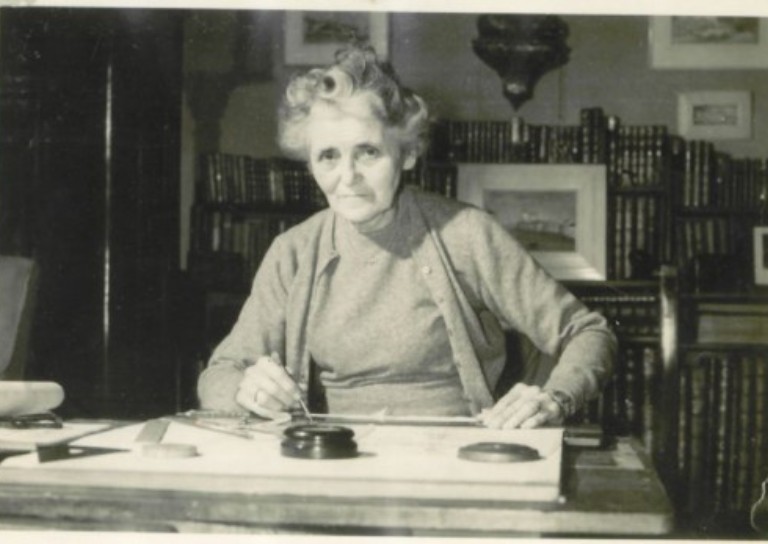
- Stirling’s Heritage: Spotlight on The Granary
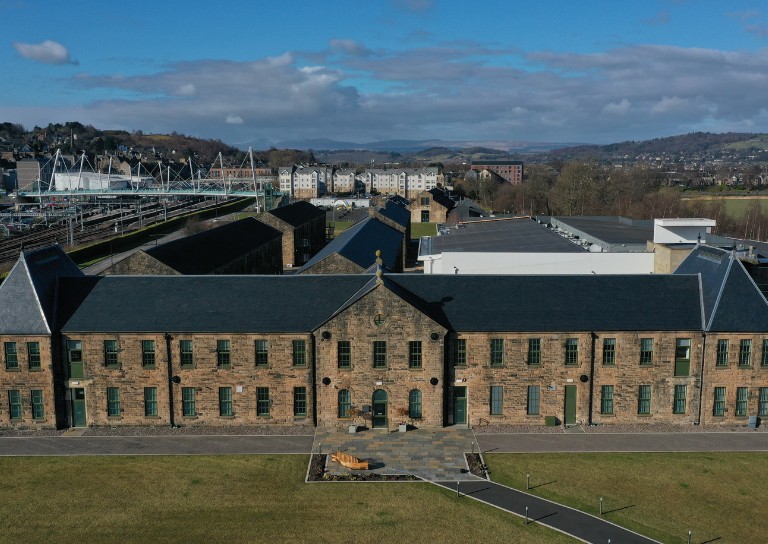
- TBHC Scheme now open to properties in Dunblane and Blairlogie
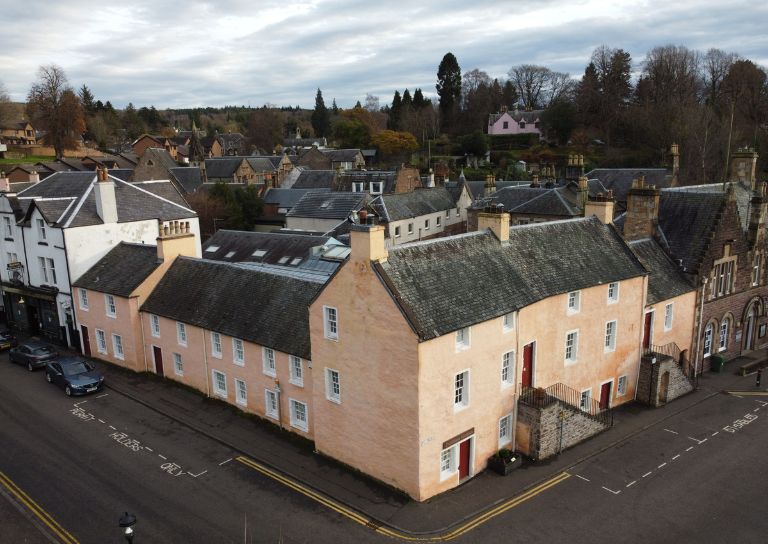
- How drones help us inspect traditional buildings

- Hazardous Masonry & Masonry Falls
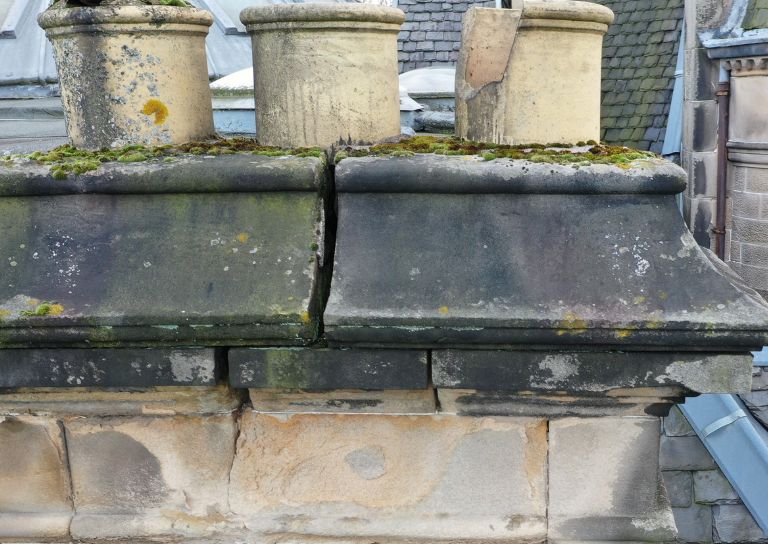
- Mason Bees: What’s the Buzz?
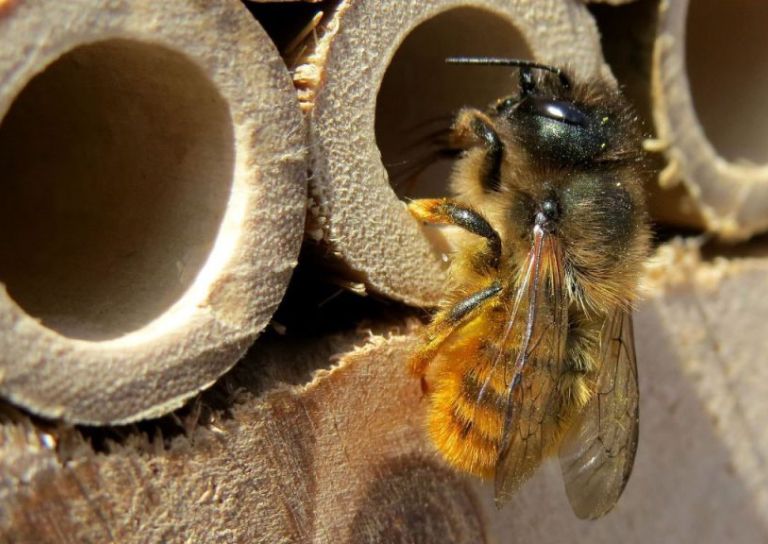
- Stirling Traditional Skills Demonstration Day Success!
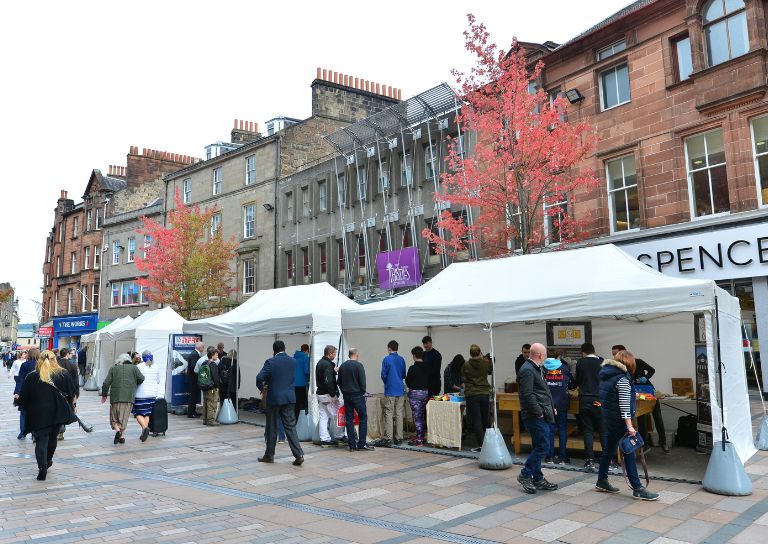
- Floating Head Sculpture at Garden Glasgow Festival 1988
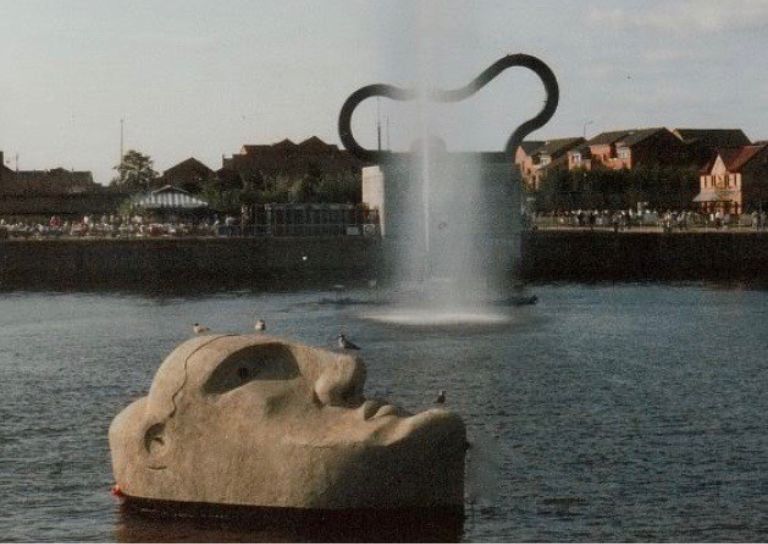
- The story behind Paisley Abbey’s Alien gargoyle
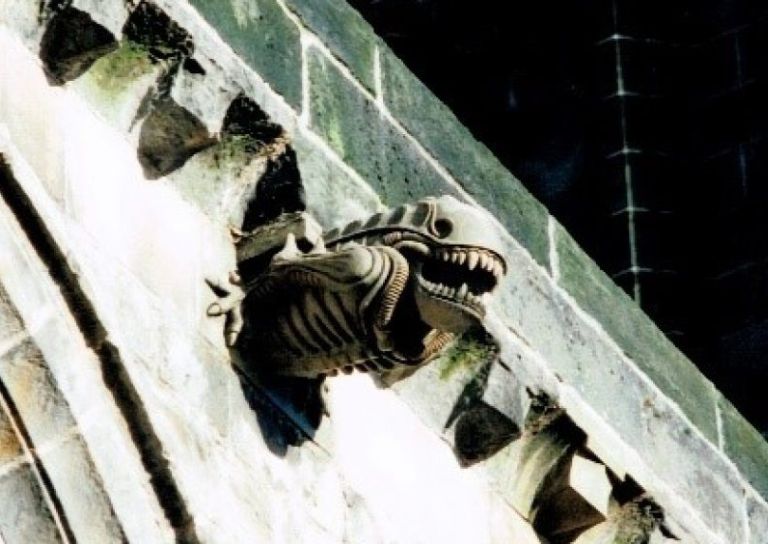
- Cambuskenneth Abbey

- Stirling City Heritage Trust Publications

- Sharing Memories: Taking '20 Great Buildings of Stirling' into the community

- William Wallace Statues In Stirling

- Coronations and Royal Christenings in Stirling
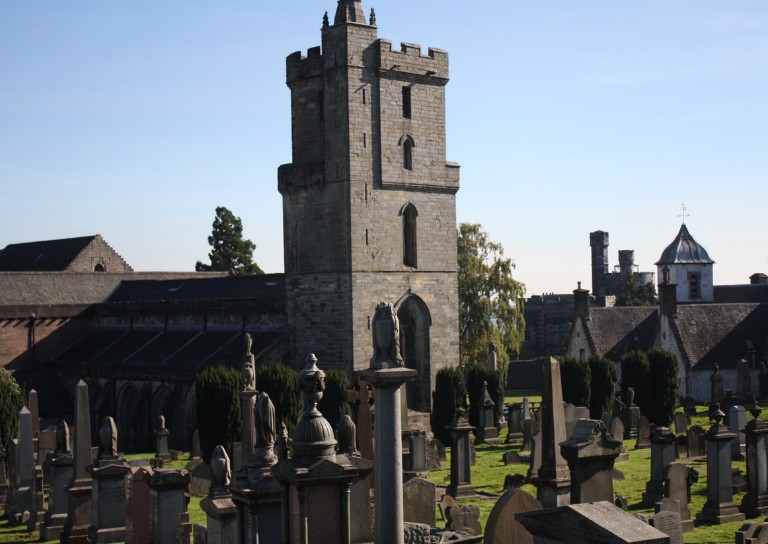
- The development of King's Park
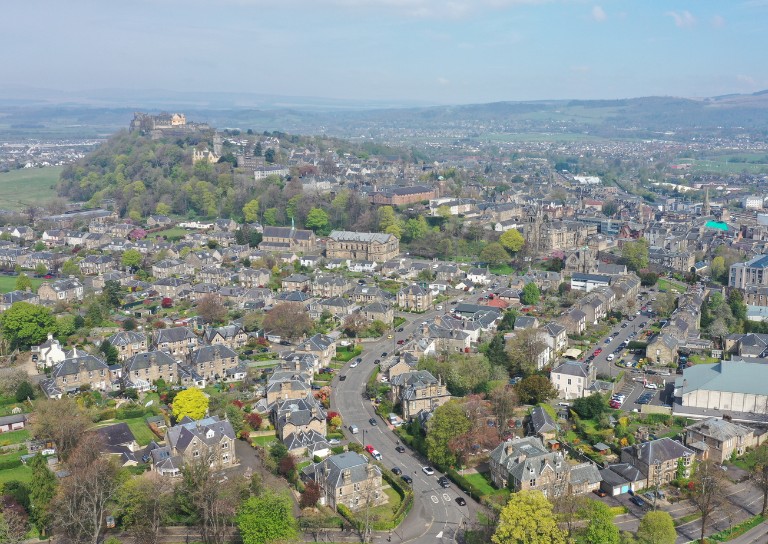
- Energy efficiency project awarded grant from Shared Prosperity Fund
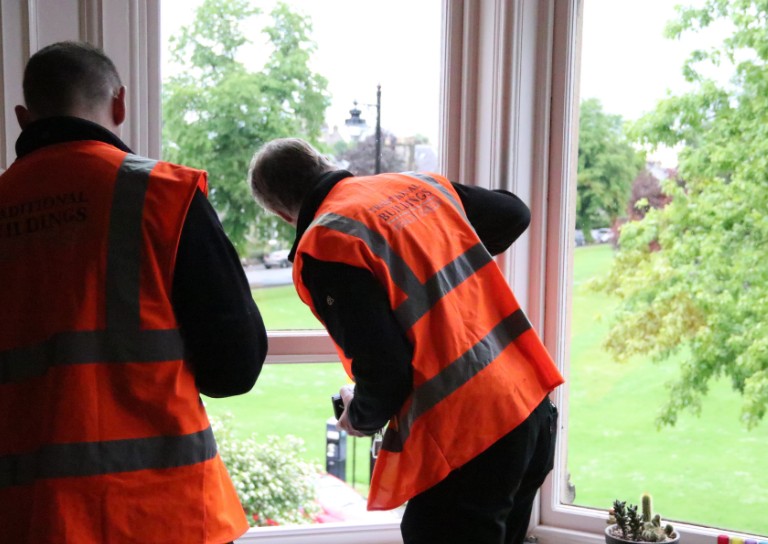
- Inspiring the Future: Stirling City Heritage Trust's Women in Construction Event at Wallace High
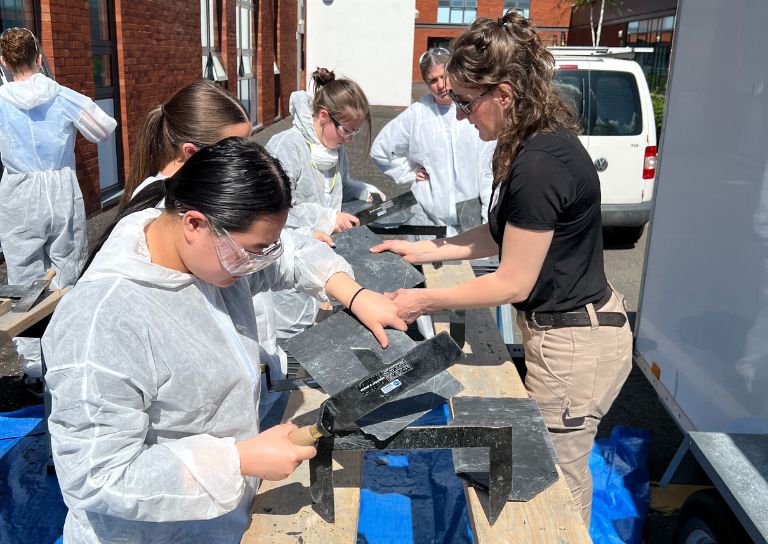
- Doors Open Days Talk: Who Built Stirling?
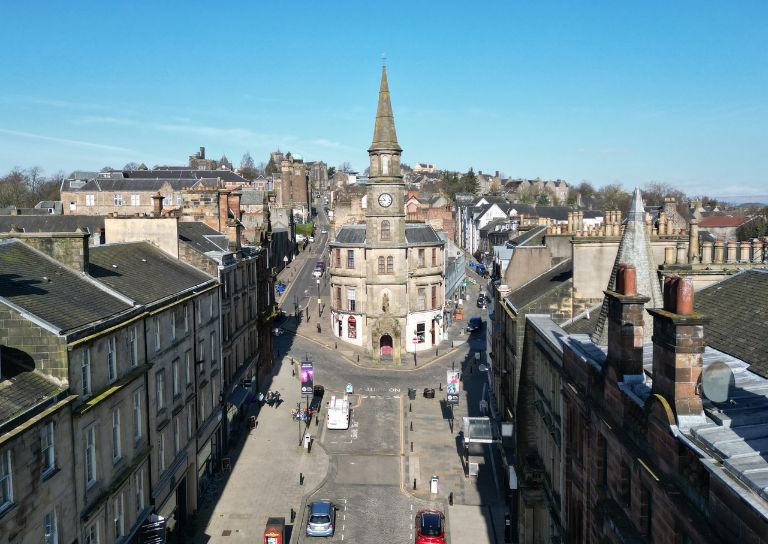
- 10 Years of the Traditional Buildings Health Check

- Growing up in Stirling: A Night of Reminiscence at The Smith
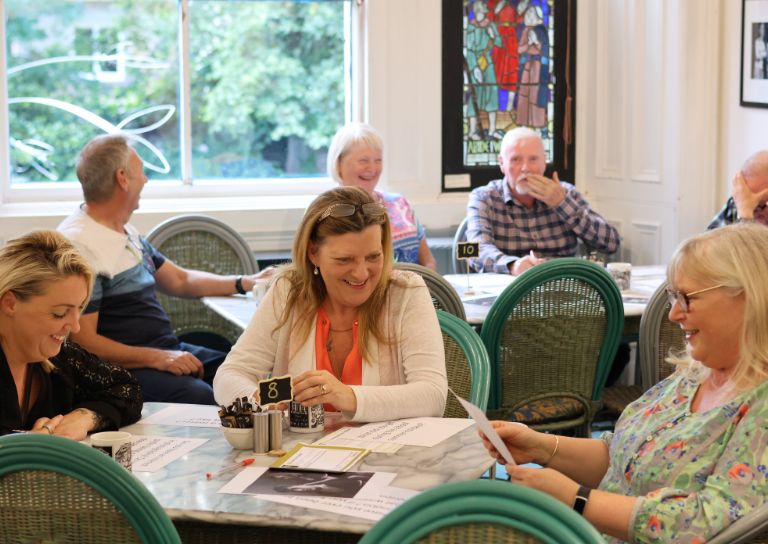
- SCHT visit to Brucefield Estate, Forestmill, Clackmannanshire
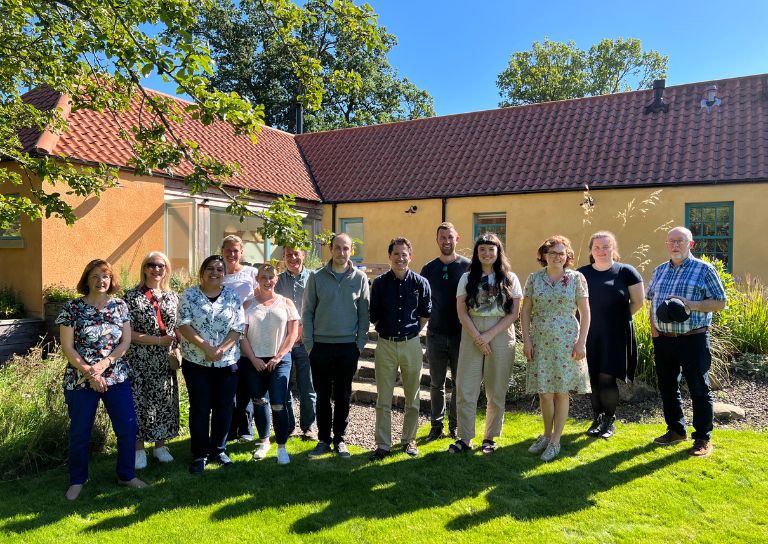
- Statement on Christie Clock
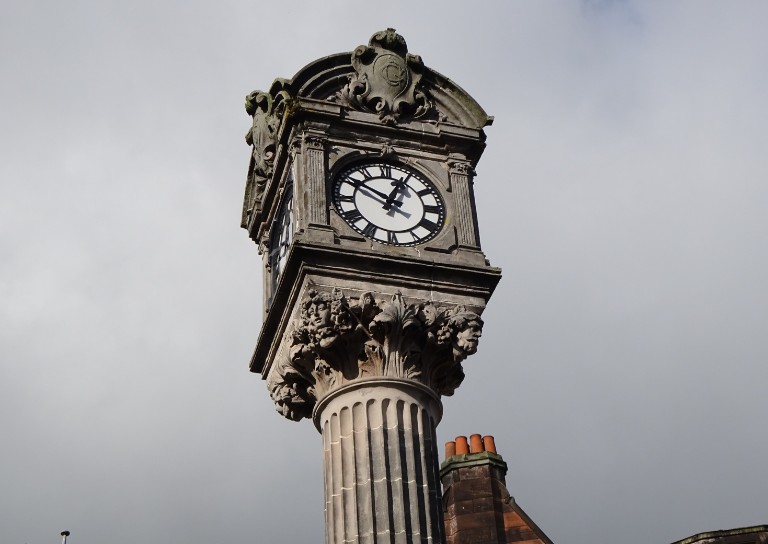
- Stirling’s Lost Skating Heritage
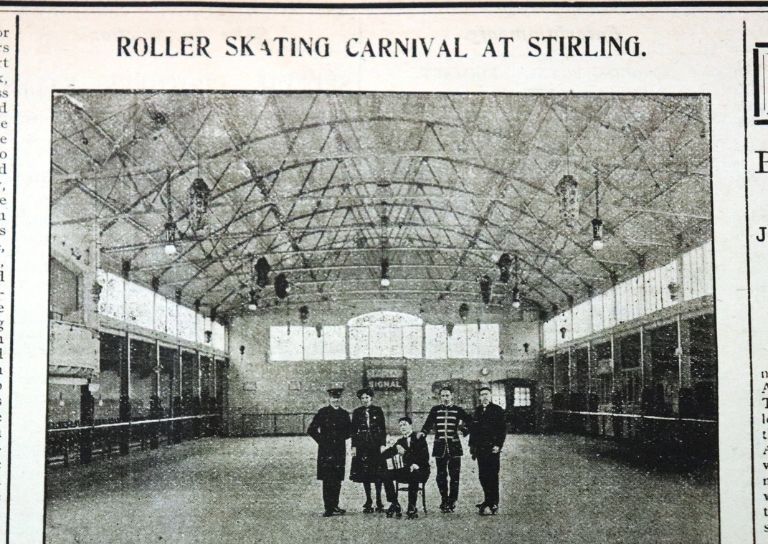
- Laurelhill House and the West Indies
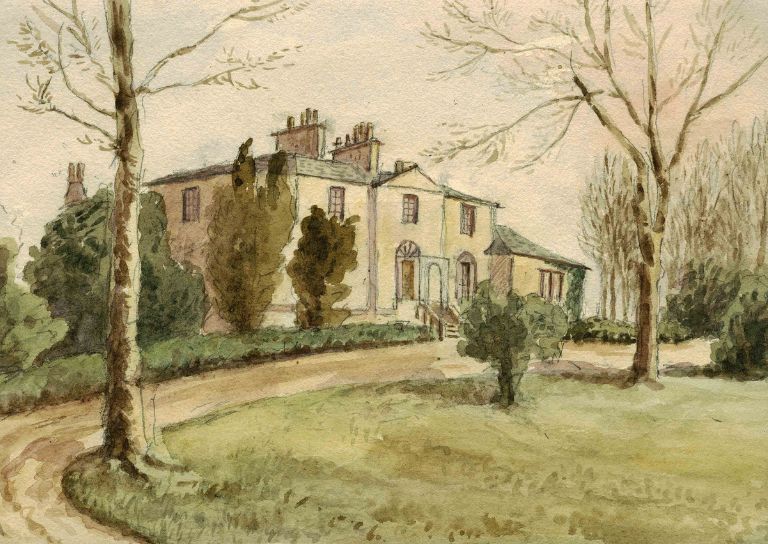
- Beechwood House and the Transatlantic Slave Trade
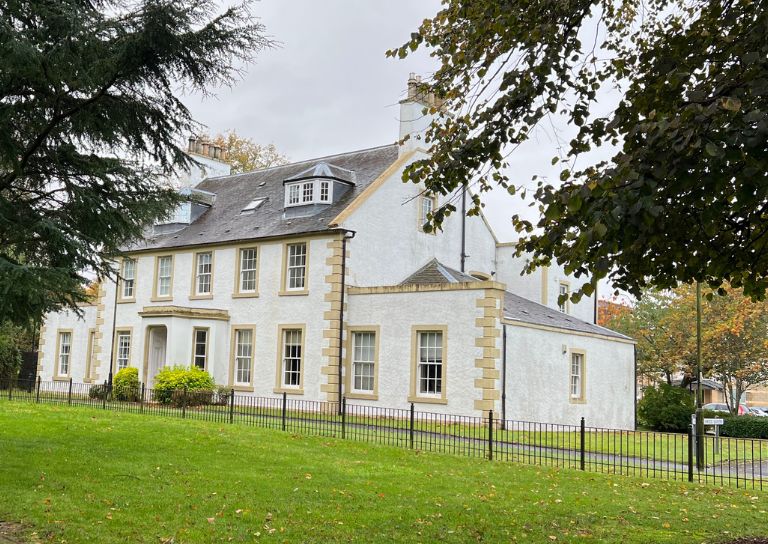
- Retrofitting Traditional Buildings

- Building Resilience: Maintaining Traditional Buildings
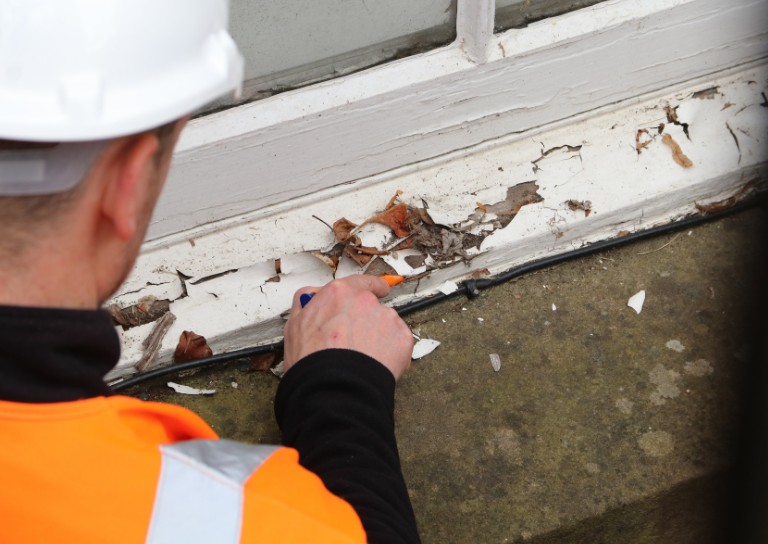
- Shopping Arcades
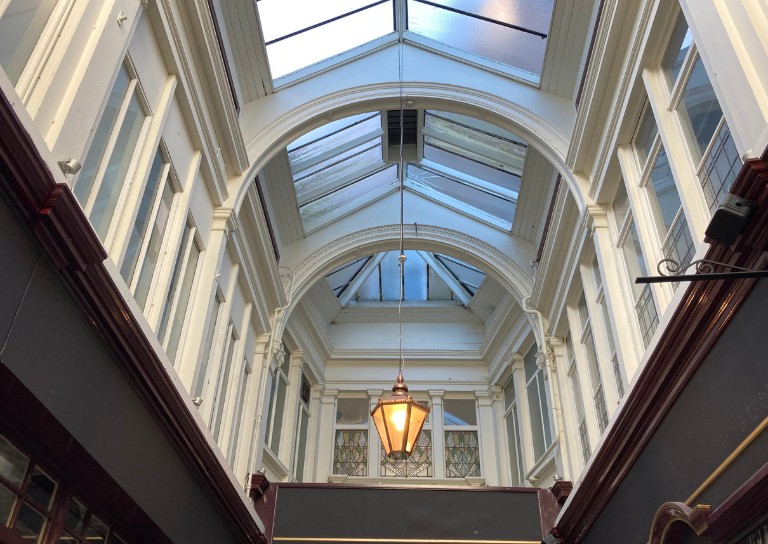
- Retrofitting Traditional Buildings: Fabric First
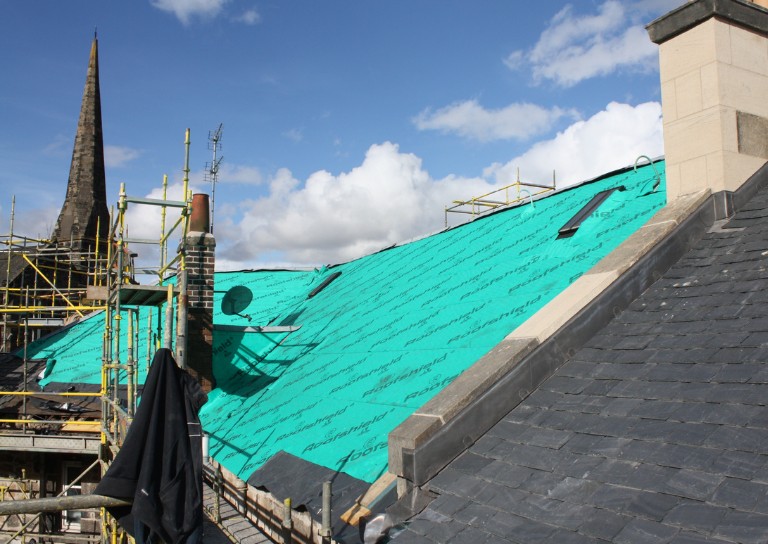
- Stirling Reminiscence Box
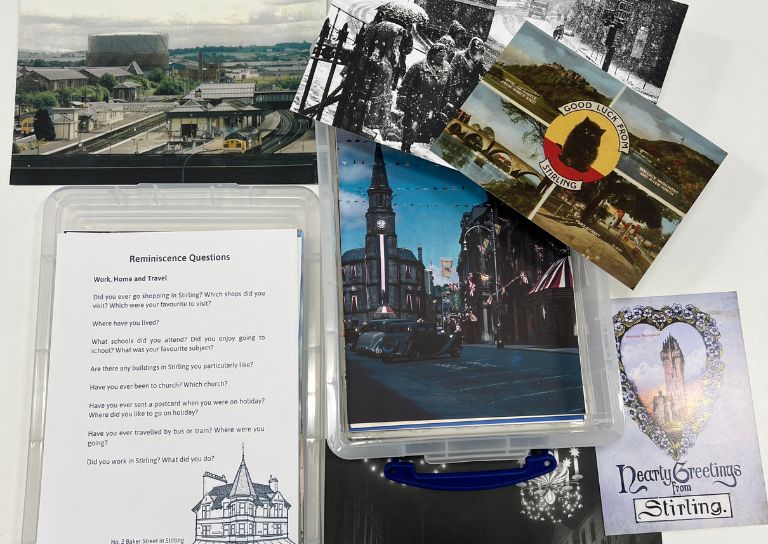
- Level 3 Award in Energy Efficiency for Older and Traditional Buildings Retrofit Course (2 Day)
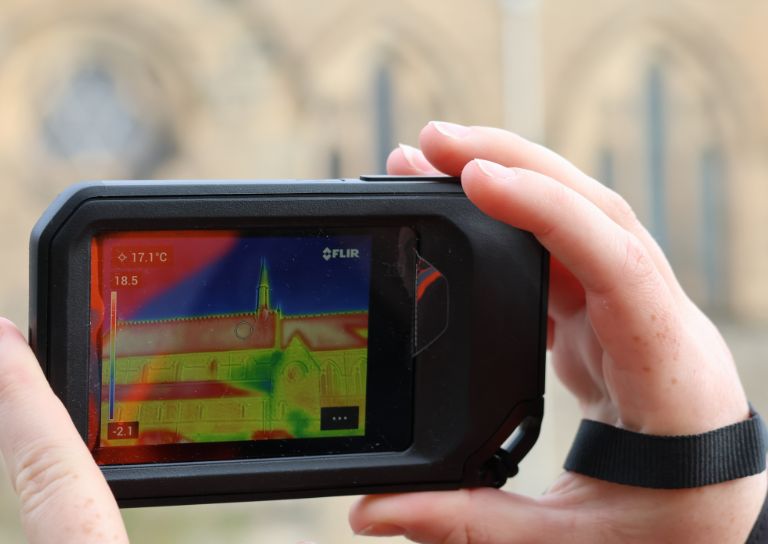
- New Retrofit Service now available for Traditional Buildings Health Check Members

- Retrofitting Traditional Buildings: Windows
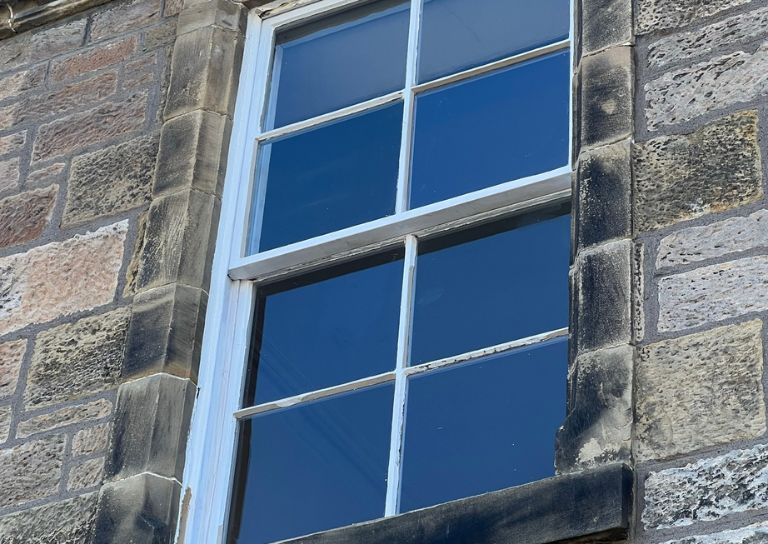
- Architects and The Thistle Property Trust

- Retrofitting Traditional Buildings: Insulation
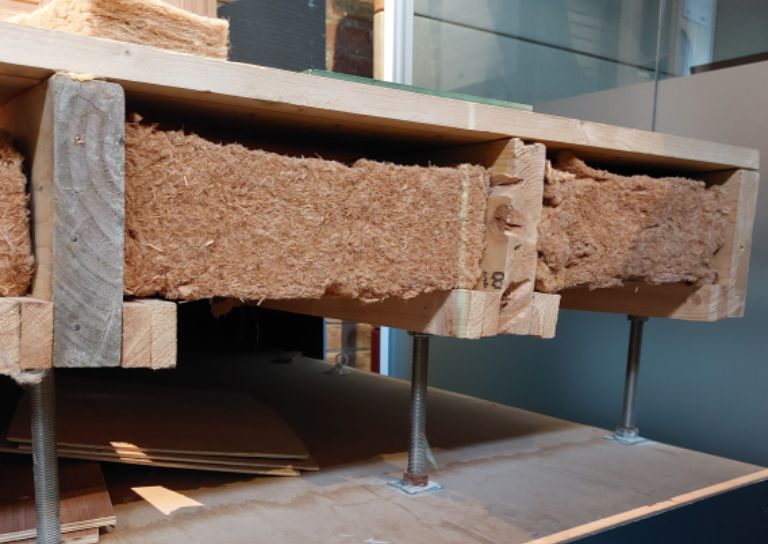
- Stirling City Heritage Trust at 20
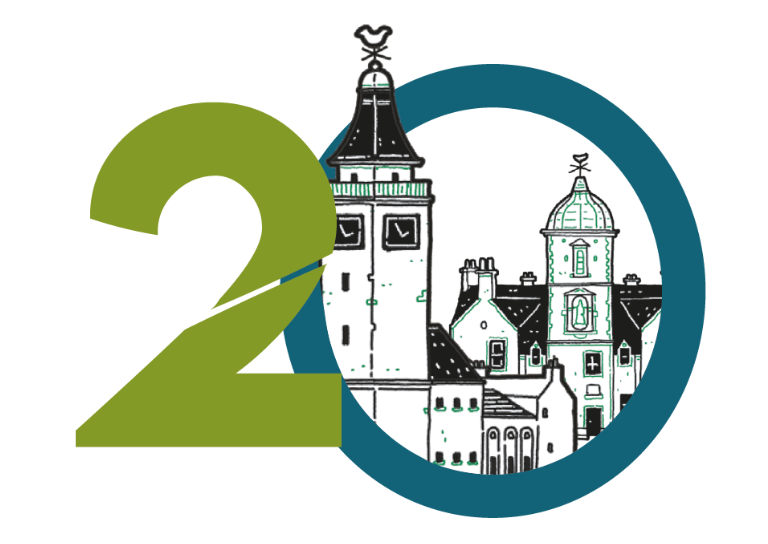
- Miss Curror and the Thistle Property Trust
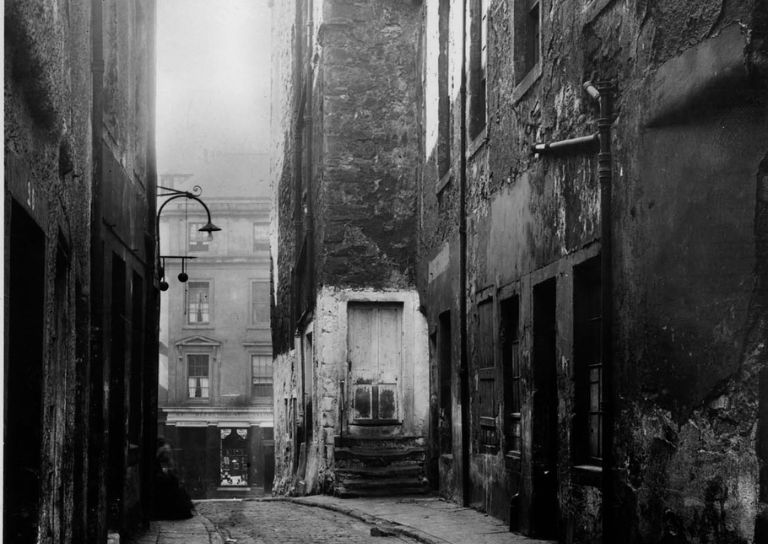
- Retrofitting Traditional Buildings: Chimneys
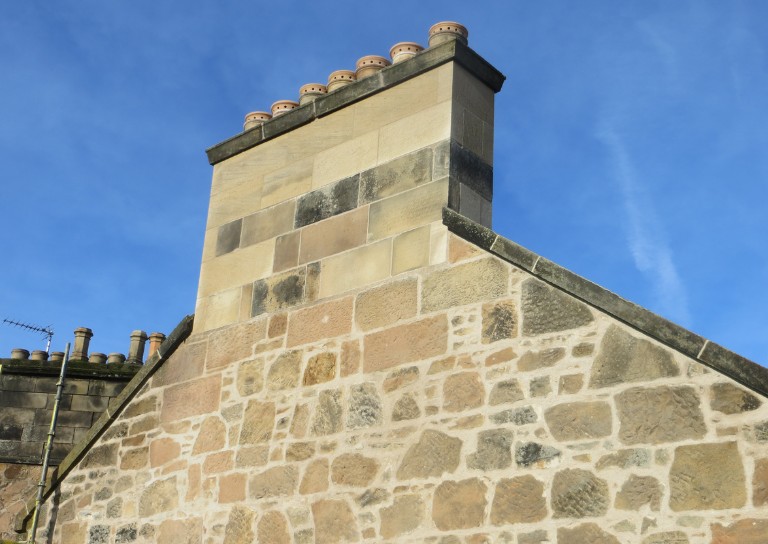
- Statement on Langgarth House

- World Heritage Day: Exploring Hayford Mill
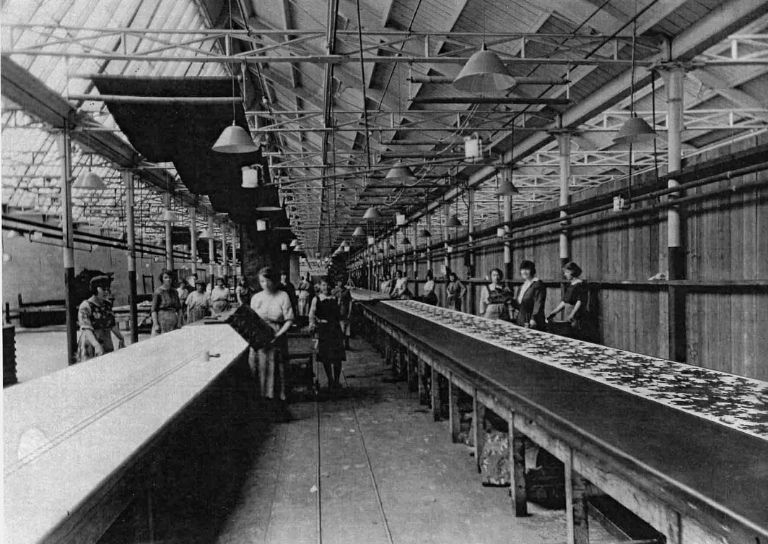
- Retrofitting Traditional Buildings: Climatic Adaptation
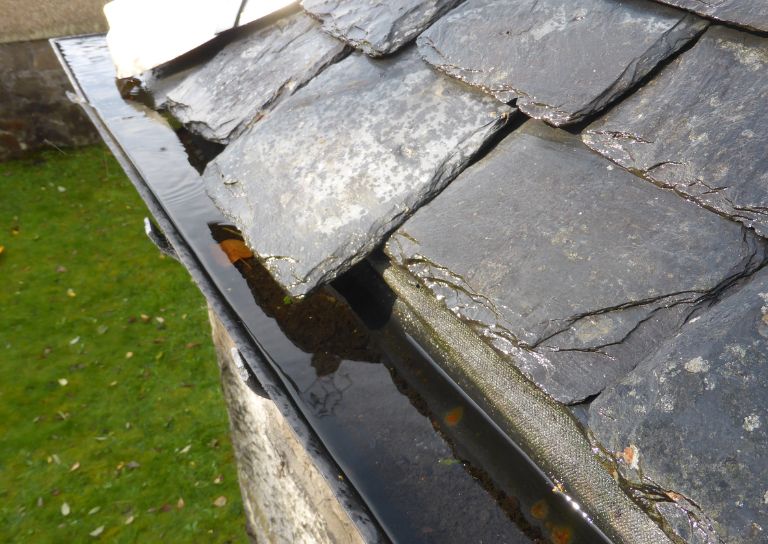
- SCHT 20: Championing Women in Construction
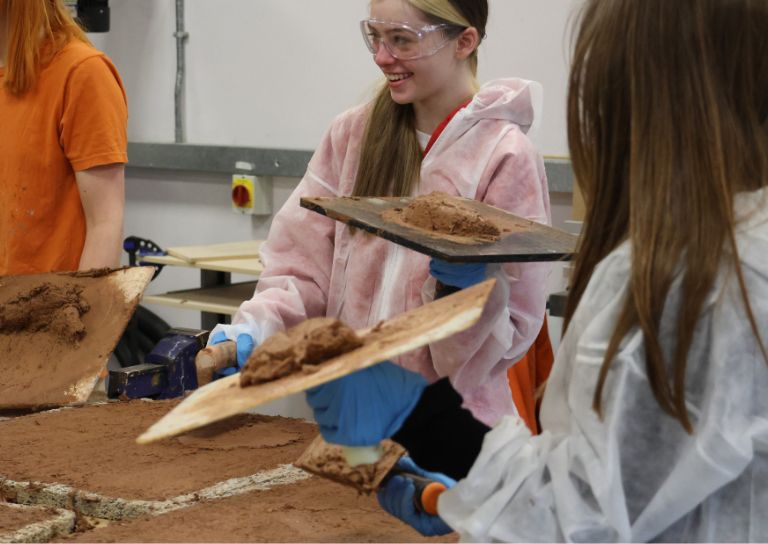
- Guest Blog: Dementia Friendly Heritage Interpretation

- Community Consultation launched for Stirling’s Heritage Strategy
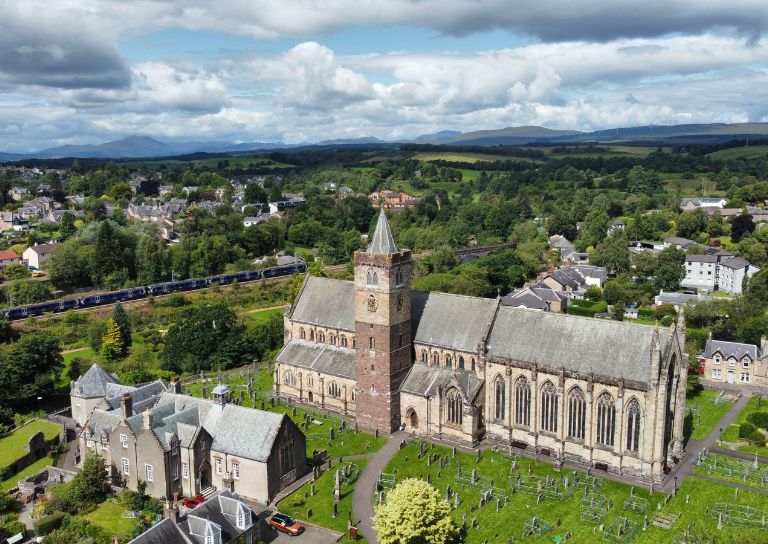
- Stirling's Lost Swimming Pools
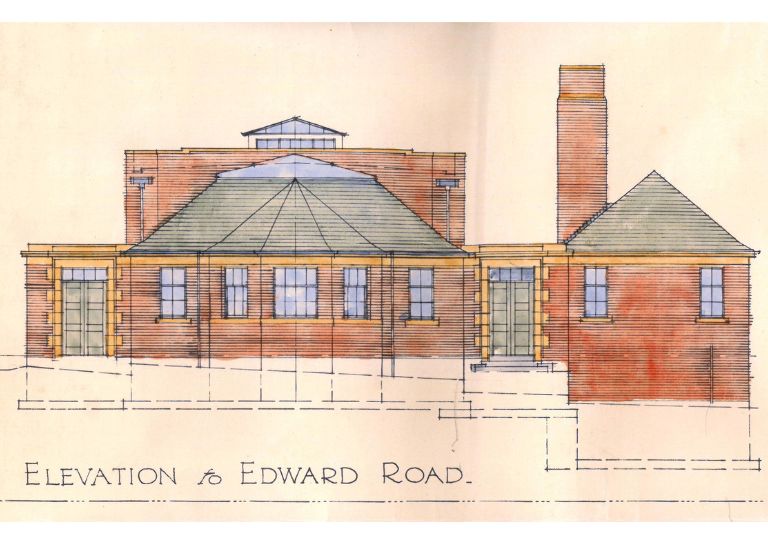
- SCHT Grant Conditions: Owners Associations
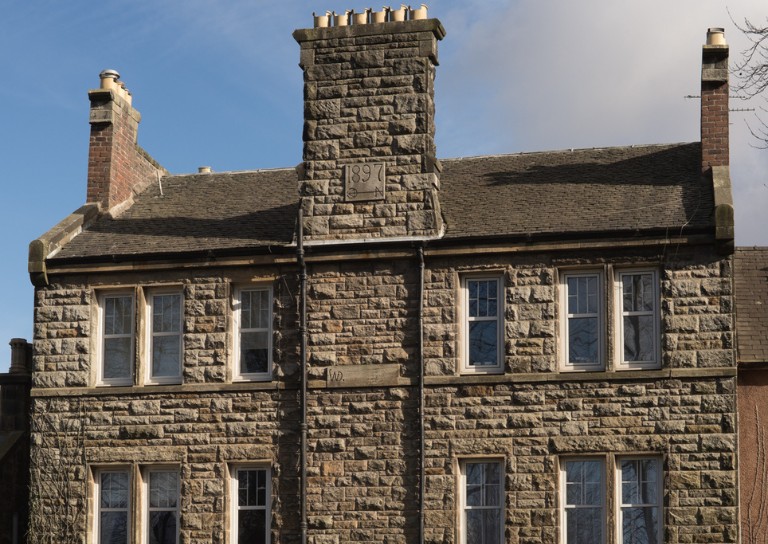
- Kings, Wolves and Drones: 20 years of care and repair at Stirling City Heritage Trust

- SVE Inspire Awards September 2024

- Women in Construction at Bannockburn House
- About Us
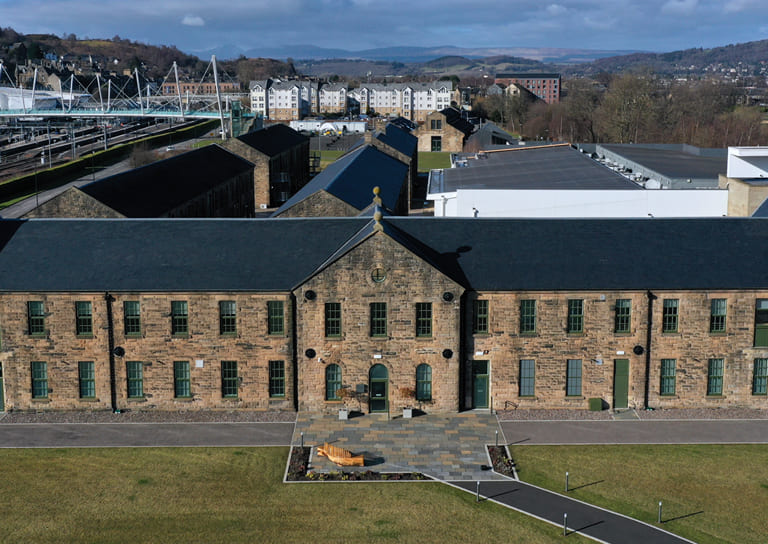
- Support Us
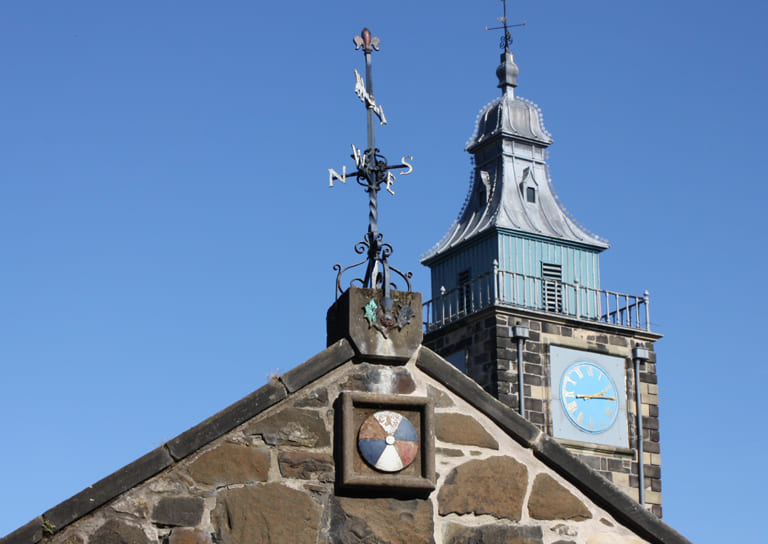
- Contact
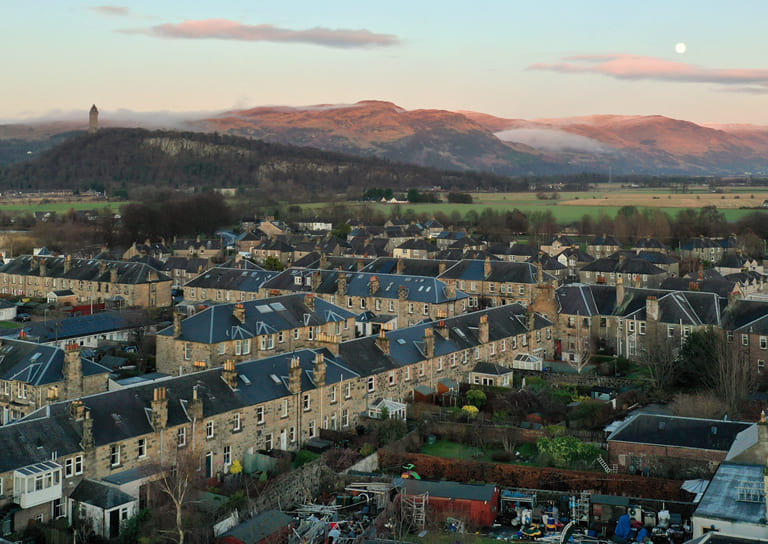
Stirling featured at virtual heritage conference

On the 5th and 6th of May 2020 the Adapt Northern Heritage 2020 conference went ahead digitally. Adapt Northern Heritage is an amazing project which supports communities and local authorities to adapt northern cultural heritage to the environmental impacts of climate change and associated natural hazards through community engagement and informed conservation planning. Running from June 2017 to May 2020, the project involves four Project Partners and eleven Associated Partners from Iceland, Ireland, Norway, Russia, Scotland and Sweden. It is supported by Iceland, Norway and the European Union through the Interreg programme for the Northern Periphery and Arctic.
The 2020 Conference Schedule was packed with leading heritage experts from across the Northern Hemisphere, including Historic Environment Scotland’s Ali Davey. She spoke about the Traditional Building Health Check scheme, a five year pilot scheme run in Stirling through the Stirling City Heritage Trust (SCHT) from 2013-2018. Here we will recap what Ali had to say about this important project. The key aims of the pilot were:
- To change the behaviours of Scottish traditional building owners, to support and encourage them to take a more pro-active approach to maintaining and repairing their properties
- To test whether building owners would join a membership scheme
- To see if joining a membership scheme would change their behaviour and/or have an impact on the historic built environment
- Whether a scheme like the Traditional Buildings Health Check pilot could be a model for changing traditional building owner behaviour in other parts of Scotland
There are over 455,000 traditionally constructed dwellings in Scotland, which is roughly 20% of Scotland’s total housing stock. It’s estimated that 85% of existing traditional buildings will still be in use in 2050. However, the 2010 Scottish House Condition Survey carried out by the Scottish Government found that 76% of traditional dwellings needed repairs to ‘critical elements’. This is particularly worrying as if a building is in a state of disrepair: its resilience to the effects of climate change are reduced, and it makes the building less energy efficient. This also means that high-level masonry falls, will become more and more common. Edinburgh City Council revealed that in 2019 there were c.180 reports of falling masonry, a figure which is only set to increase if we don’t take action now. At present, there is no national strategy for the repair and maintenance of our traditional building stock, but if there were, climate change adaptation could be embedded within it.
Building owner behaviour is a key contributing factor to the high rates of disrepair we see across Scotland; few owners of traditional buildings regularly inspect their property and typically take a reactive approach to repairs which means that serious issues can go unnoticed for years. Even proactive owners often lack the confidence and knowledge to commission repairs and work with contractors. Multiple ownership buildings, such as tenements, add further complications to this situation, where high rates of occupant turnover and landlord apathy are additional barriers to regular maintenance. To that end, in 2012 Historic Environment Scotland commissioned Stirling City Heritage Trust to prepare a scoping study to set out the evidence for the need of a maintenance scheme to support building owners in Scotland. The scheme proposed by Stirling City Heritage Trust was based on the successful European Monumentenwacht model which has been operating for several decades.
Funded by Historic Environment Scotland, the Construction Industry Training Board (CITB) and Stirling City Heritage Trust; Stirling City Heritage Trust designed and delivered the Traditional Building Health Check pilot, which was operational from 2014. It was (and remains) open to any traditional (pre-1919) building within the Stirling city boundary. Membership gives access to impartial and expert advice, and from 2015 Traditional Building Repair Grants. The pilot findings can be read in more detail in a Historic Environment Scotland report which will be released in the coming months, but some highlights are:
- Nearly 300 members joined
- 144 buildings were inspected
- Repairs were commissioned at c.120 properties
- £1.3 million was invested in the historic built environment
The Traditional Buildings Health Check scheme empowers owners, making them more confident, proactive, and motivated. A survey of Traditional Buildings Health Check members showed that the scheme encourages owners to use the appropriate traditional skills and materials, to do more repair work than they would normally, and carry out repair work quicker. Our Traditional Building Inspectors found that a shocking 88% of the buildings they inspected required repair works within the next twelve months, and 63% required urgent or immediate repair or maintenance.
So then, what does the future hold for the Traditional Buildings Health Check Scheme? Well, it continues to be delivered by us, here at Stirling City Heritage Trust as a core part of our operation. As the 2018 Scottish Housing Condition Survey reported that 73% of pre-1919 buildings required repairs to critical elements, there is clearly a need for a more proactive approach to traditional building repair and maintenance in Scotland. An Options Appraisal was presented in February 2020, which set out a series of recommendations for delivering the Traditional Buildings Health Check scheme in three additional locations; Fife, Perth& Kinross, and Falkirk, and identified working partners in those areas.
To learn more about the impact the changing climate is having on our heritage, Historic Environment Scotland has produced valuable and innovative research in this area, including their own Climate Action Plan, their Guide to Climate Change Impacts, and this Short Guide: Climate Change Adaption for Traditional Buildings which contains lots of practical advice for property owners, as well as planners and other construction and heritage sector professionals.


